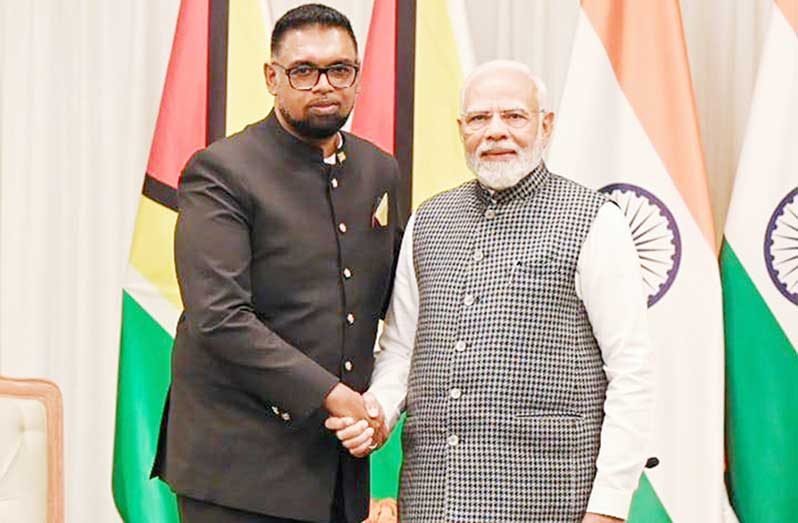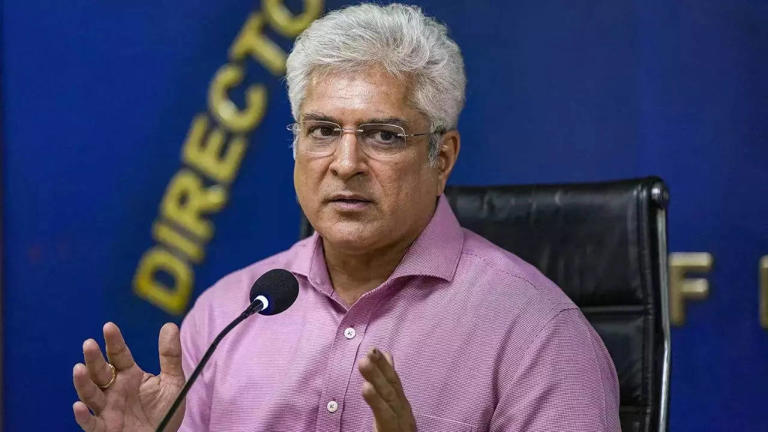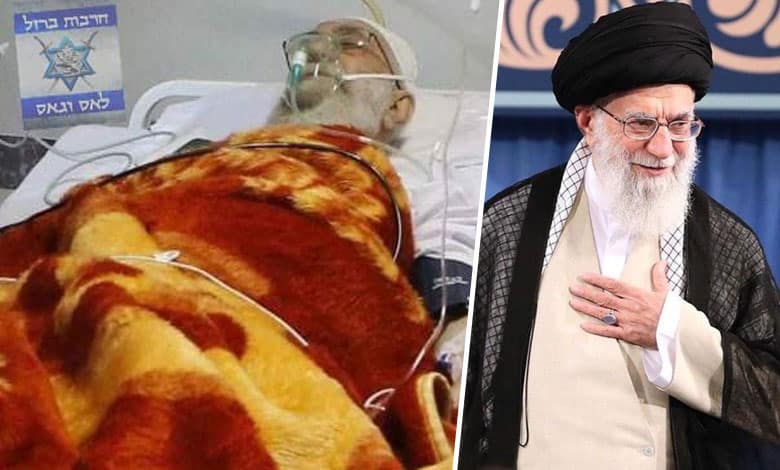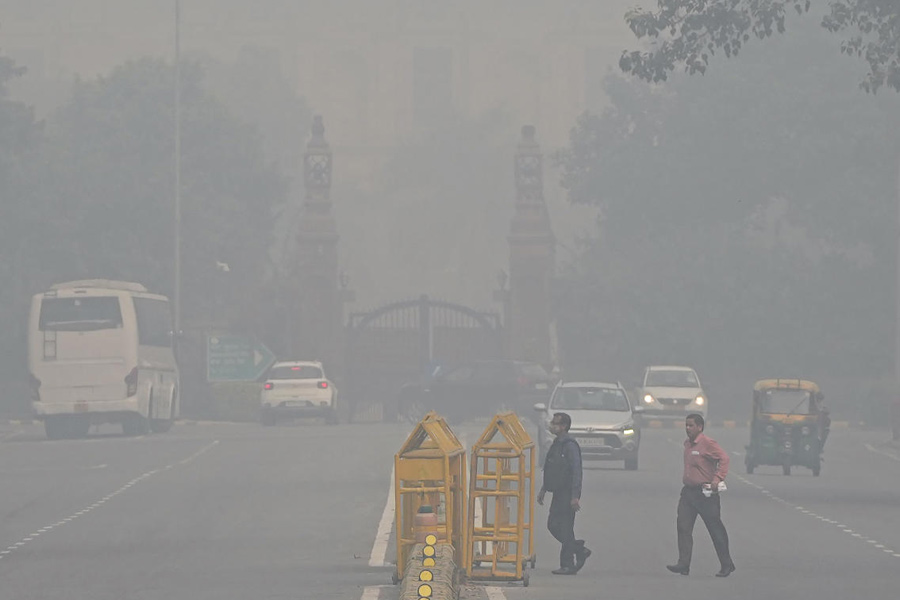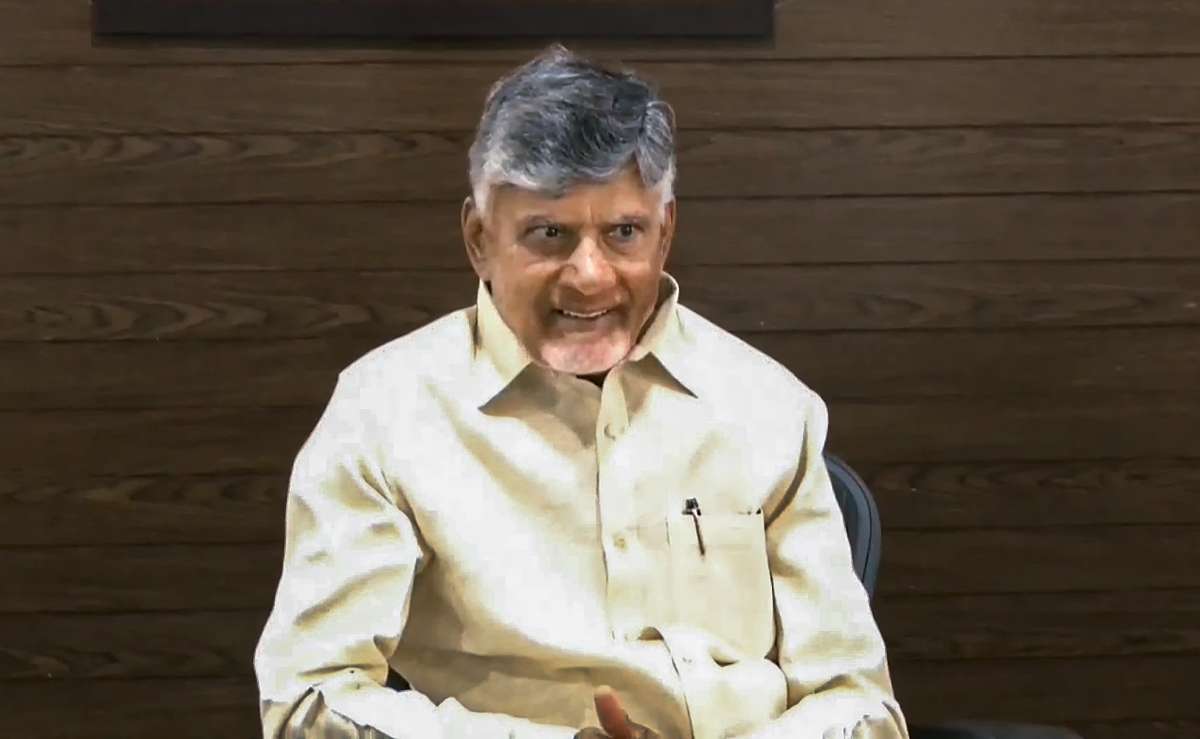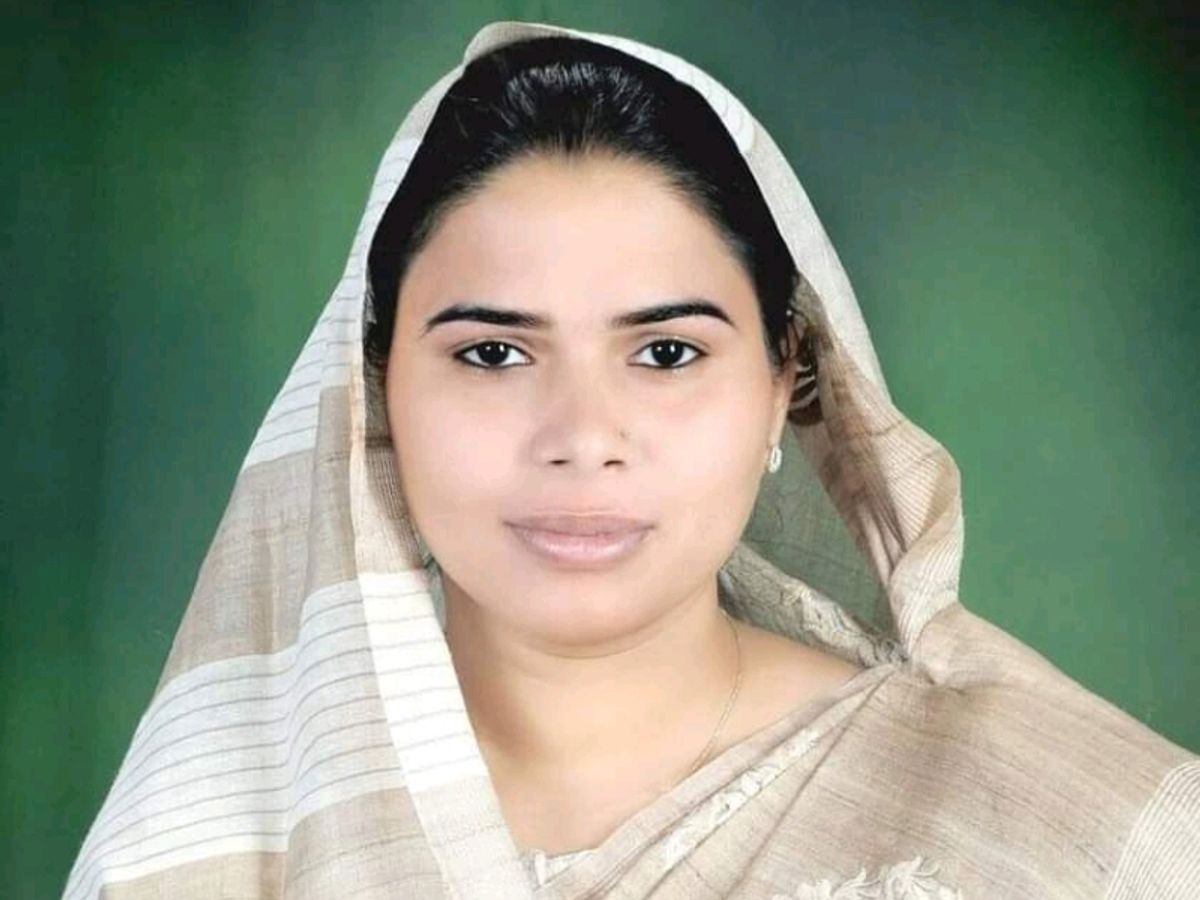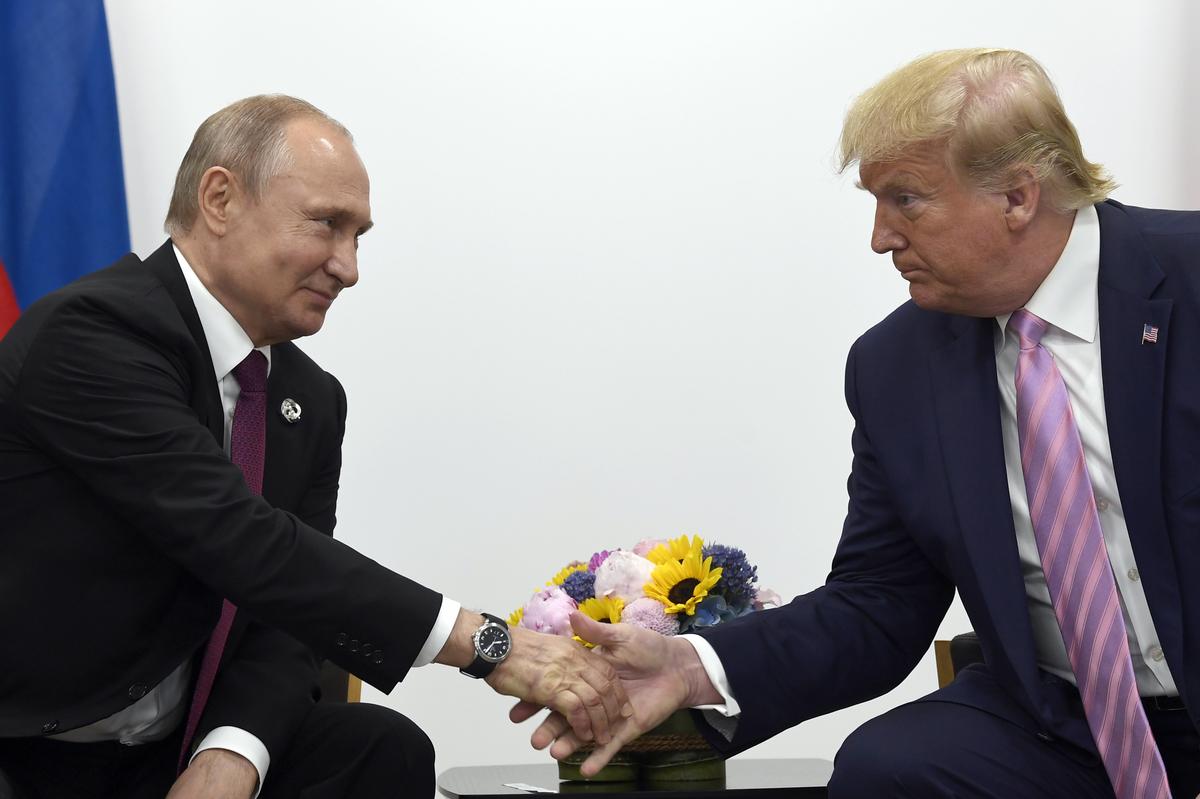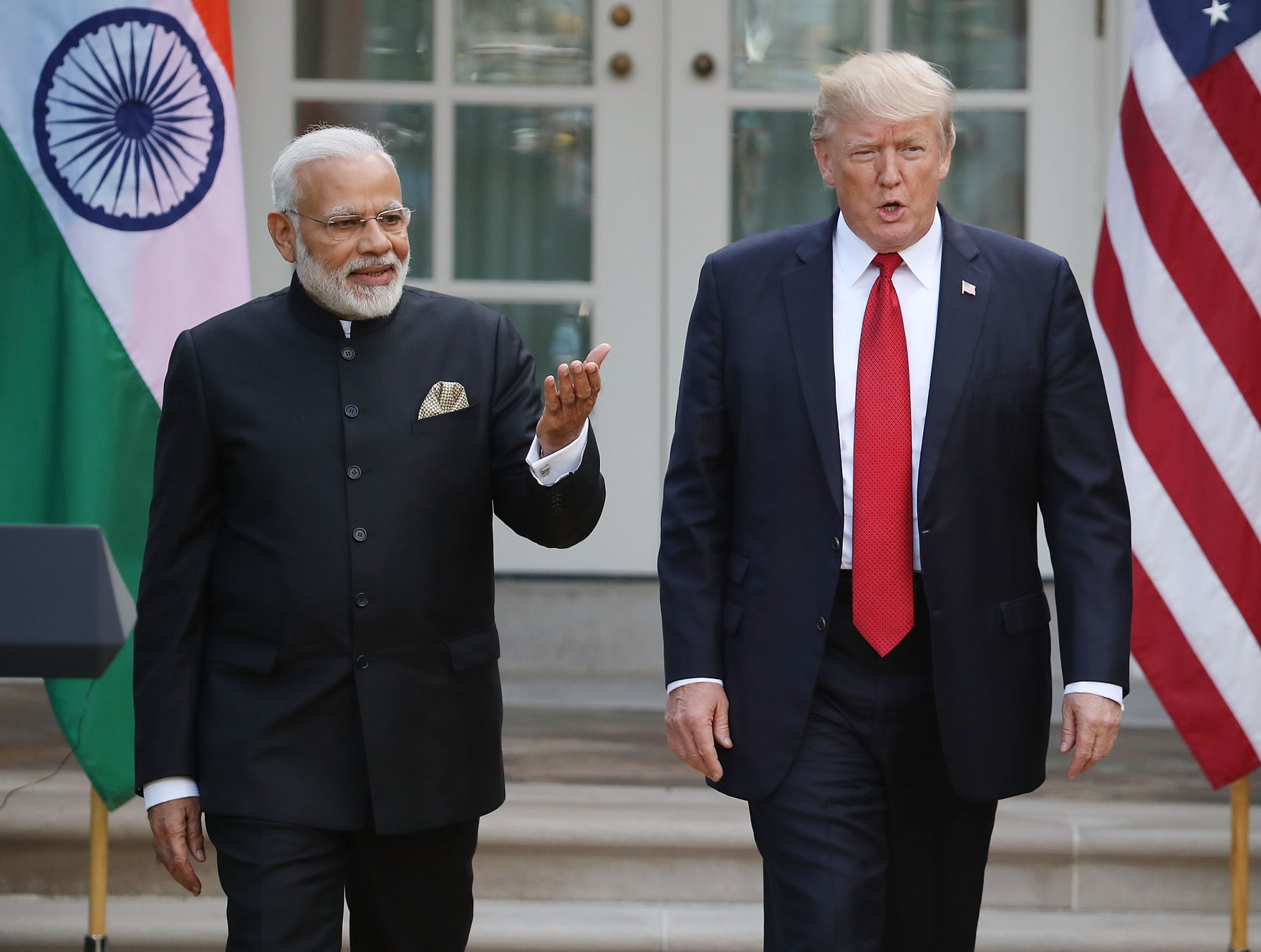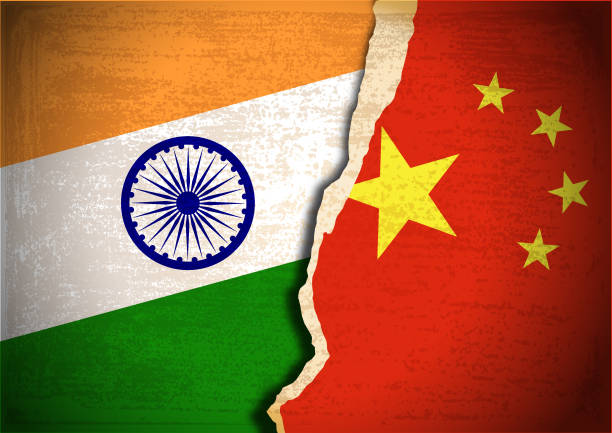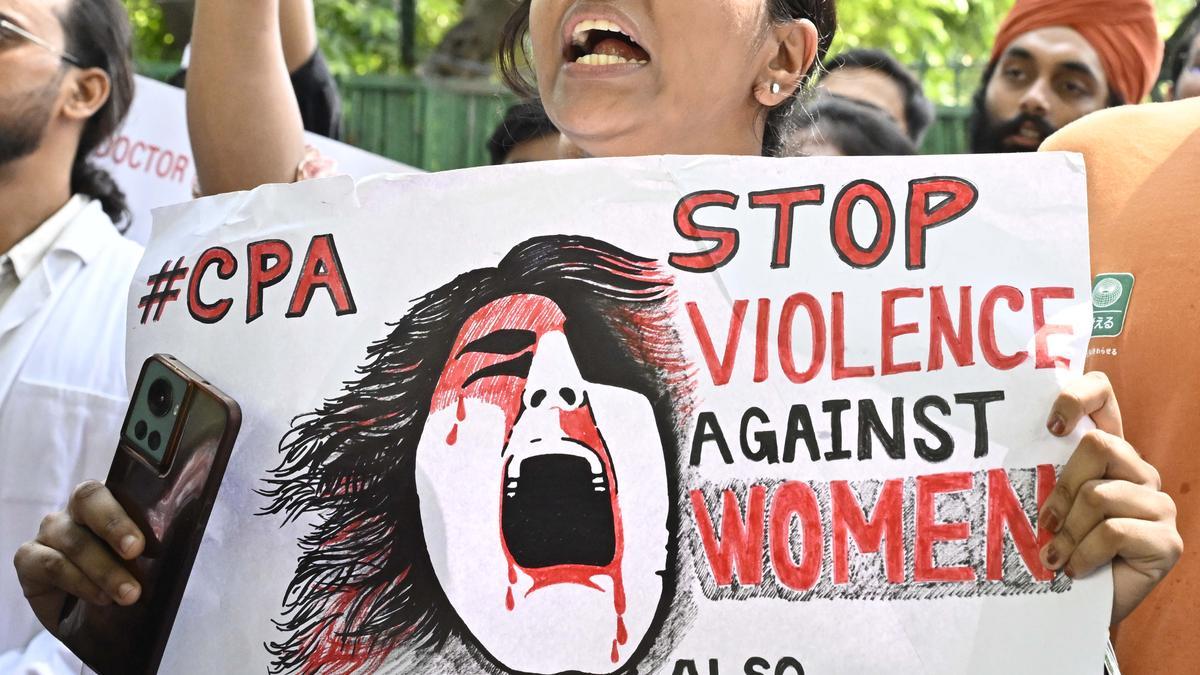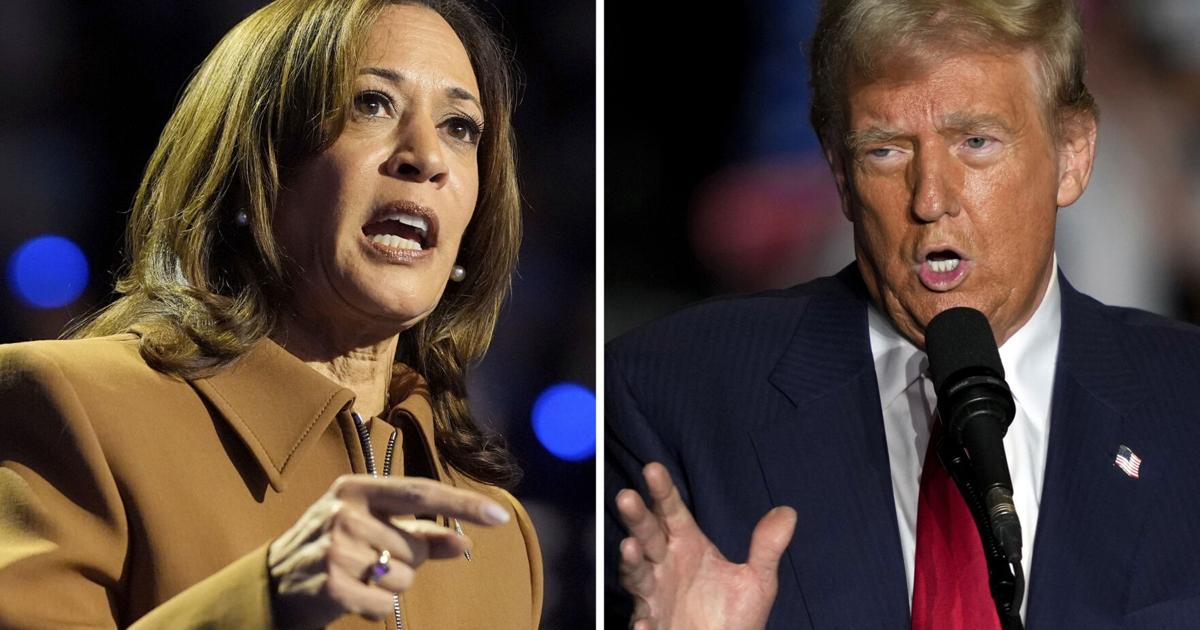Home / nagaland / Nagaland Crisis: NSCN (IM) Warns of Return to Arme
Nagaland Crisis: NSCN (IM) Warns of Return to Arme
By: My India Times
4 minutes read 49Updated At: 2024-11-09

Kohima, Nagaland – In a significant development that could potentially escalate tensions in Nagaland and the surrounding region, the National Socialist Council of Nagaland (NSCN-IM) has warned of a return to armed conflict if the Indian government continues to disregard key elements of the 2015 Framework Agreement. The militant group, which has adhered to a ceasefire since 1997, is urging the involvement of a neutral third party to mediate the ongoing deadlock in negotiations over the Naga political issue.
The Struggle for Sovereignty and Identity
The NSCN (IM), led by General Secretary Thuingaleng Muivah, has made it clear that the core issues of Naga sovereignty and identity remain non-negotiable. For years, the Naga people, spread across Nagaland, parts of Manipur, Assam, Arunachal Pradesh, and Myanmar, have sought greater autonomy and recognition of their unique cultural and political identity under the banner of "Nagalim."
The group has criticized the Indian government for failing to honor key aspects of the 2015 Framework Agreement, particularly the recognition of the Naga flag and constitution. Muivah argues that these elements are essential for any meaningful peace agreement and warns that their exclusion will undermine the entire peace process.
"These are not just symbolic issues," Muivah emphasized. "The Naga flag and constitution are the soul of our struggle for recognition. If these are not accepted, the negotiations become pointless, and our sovereignty remains denied."
Calls for International Mediation
The NSCN (IM) has called for an impartial third-party mediator to help resolve the current impasse, a suggestion that highlights the deepening mistrust between the Naga group and the Indian government. The organization believes that without such intervention, the talks will continue to stagnate, and the promises made in 2015 will remain unfulfilled.
"The Indian government has deliberately ignored key components of the Framework Agreement," Muivah said. "This has left us with no choice but to call for a third-party mediator, someone who is neutral and can help both sides come to a fair and just resolution."
Muivah’s call for a third party reflects the growing concern within Nagaland that the peace process is on the verge of collapse. If these demands are not addressed, the NSCN (IM) has warned that it will be forced to resume armed resistance to protect the sovereignty of Nagalim.
Violations of the 2015 Framework Agreement
The NSCN (IM) claims that the Indian government has systematically violated the 2015 Framework Agreement by failing to acknowledge the Naga flag and constitution as part of the settlement. These elements, according to the group, are critical for the Naga people’s sense of identity and the integrity of the agreement.
The Framework Agreement, signed in 2015, was heralded as a breakthrough in the peace process. It acknowledged the uniqueness of the Naga people and promised a resolution to the long-standing conflict between the NSCN (IM) and the Indian government. However, as Muivah pointed out, the refusal to accept the Naga flag and constitution has led to a growing sense of betrayal among the Naga people.
The Stakes for Nagalim
For the Naga people, the stakes are not just political; they are deeply personal. The desire for recognition of the Naga flag and constitution is rooted in a long history of resistance against colonial powers and the Indian state. Muivah and the NSCN (IM) argue that these symbols are critical to preserving the unique identity of Nagalim, a territory they consider their homeland, stretching across multiple states and into Myanmar.
"We have never wavered in our commitment to Nagalim," Muivah said. "Our fight is not just about land or power; it’s about preserving the soul of our people. This struggle is for our identity and our future generations."
Hopes for a Peaceful Resolution Amidst Tensions
Despite the hardline stance, Muivah expressed cautious optimism that the dispute could still be resolved peacefully. "We are hopeful that the Indian government will come to its senses and recognize the importance of the Naga flag and constitution in achieving a lasting peace," he said. "We don’t want to return to violence. But if the government continues to ignore our demands, we will have no choice but to defend our sovereignty by any means necessary."
The NSCN (IM)’s warning about resuming armed conflict is a stark reminder of the fragility of the peace process in Nagaland. The region has witnessed decades of unrest, with thousands of lives lost in the ongoing struggle for self-determination.
A Turning Point in the Peace Process
As tensions rise, the Indian government faces increasing pressure to find a resolution that addresses the aspirations of the Naga people while maintaining national unity. The involvement of a neutral third party could be the key to breaking the deadlock and ensuring that the promises made in 2015 are fulfilled.
With the threat of violence looming large, the future of Nagaland and the Naga people hangs in the balance. The next steps in the peace process will be crucial in determining whether the region moves towards a lasting peace or back into the shadows of armed conflict.
Conclusion: The Road Ahead for Nagalim
The NSCN (IM)’s warning marks a critical juncture in the Naga political issue. As calls for a neutral third party grow louder, it remains to be seen whether the Indian government will take decisive action to honor the 2015 Framework Agreement or risk reigniting one of India’s most complex and long-running insurgencies.
For now, the people of Nagaland continue to wait, hoping for a resolution that will finally bring peace to their region and acknowledge their unique identity in the broader political landscape of India. The road ahead is uncertain, but one thing is clear: the Naga struggle for sovereignty is far from over.
....Kohima, Nagaland – In a significant development that could potentially escalate tensions in Nagaland and the surrounding region, the National Socialist Council of Nagaland (NSCN-IM) has warned of a return to armed conflict if the Indian government continues to disregard key elements of the 2015 Framework Agreement. The militant group, which has adhered to a ceasefire since 1997, is urging the involvement of a neutral third party to mediate the ongoing deadlock in negotiations over the Naga political issue.
The Struggle for Sovereignty and Identity
The NSCN (IM), led by General Secretary Thuingaleng Muivah, has made it clear that the core issues of Naga sovereignty and identity remain non-negotiable. For years, the Naga people, spread across Nagaland, parts of Manipur, Assam, Arunachal Pradesh, and Myanmar, have sought greater autonomy and recognition of their unique cultural and political identity under the banner of "Nagalim."
The group has criticized the Indian government for failing to honor key aspects of the 2015 Framework Agreement, particularly the recognition of the Naga flag and constitution. Muivah argues that these elements are essential for any meaningful peace agreement and warns that their exclusion will undermine the entire peace process.
"These are not just symbolic issues," Muivah emphasized. "The Naga flag and constitution are the soul of our struggle for recognition. If these are not accepted, the negotiations become pointless, and our sovereignty remains denied."
Calls for International Mediation
The NSCN (IM) has called for an impartial third-party mediator to help resolve the current impasse, a suggestion that highlights the deepening mistrust between the Naga group and the Indian government. The organization believes that without such intervention, the talks will continue to stagnate, and the promises made in 2015 will remain unfulfilled.
"The Indian government has deliberately ignored key components of the Framework Agreement," Muivah said. "This has left us with no choice but to call for a third-party mediator, someone who is neutral and can help both sides come to a fair and just resolution."
Muivah’s call for a third party reflects the growing concern within Nagaland that the peace process is on the verge of collapse. If these demands are not addressed, the NSCN (IM) has warned that it will be forced to resume armed resistance to protect the sovereignty of Nagalim.
Violations of the 2015 Framework Agreement
The NSCN (IM) claims that the Indian government has systematically violated the 2015 Framework Agreement by failing to acknowledge the Naga flag and constitution as part of the settlement. These elements, according to the group, are critical for the Naga people’s sense of identity and the integrity of the agreement.
The Framework Agreement, signed in 2015, was heralded as a breakthrough in the peace process. It acknowledged the uniqueness of the Naga people and promised a resolution to the long-standing conflict between the NSCN (IM) and the Indian government. However, as Muivah pointed out, the refusal to accept the Naga flag and constitution has led to a growing sense of betrayal among the Naga people.
The Stakes for Nagalim
For the Naga people, the stakes are not just political; they are deeply personal. The desire for recognition of the Naga flag and constitution is rooted in a long history of resistance against colonial powers and the Indian state. Muivah and the NSCN (IM) argue that these symbols are critical to preserving the unique identity of Nagalim, a territory they consider their homeland, stretching across multiple states and into Myanmar.
"We have never wavered in our commitment to Nagalim," Muivah said. "Our fight is not just about land or power; it’s about preserving the soul of our people. This struggle is for our identity and our future generations."
Hopes for a Peaceful Resolution Amidst Tensions
Despite the hardline stance, Muivah expressed cautious optimism that the dispute could still be resolved peacefully. "We are hopeful that the Indian government will come to its senses and recognize the importance of the Naga flag and constitution in achieving a lasting peace," he said. "We don’t want to return to violence. But if the government continues to ignore our demands, we will have no choice but to defend our sovereignty by any means necessary."
The NSCN (IM)’s warning about resuming armed conflict is a stark reminder of the fragility of the peace process in Nagaland. The region has witnessed decades of unrest, with thousands of lives lost in the ongoing struggle for self-determination.
A Turning Point in the Peace Process
As tensions rise, the Indian government faces increasing pressure to find a resolution that addresses the aspirations of the Naga people while maintaining national unity. The involvement of a neutral third party could be the key to breaking the deadlock and ensuring that the promises made in 2015 are fulfilled.
With the threat of violence looming large, the future of Nagaland and the Naga people hangs in the balance. The next steps in the peace process will be crucial in determining whether the region moves towards a lasting peace or back into the shadows of armed conflict.
Conclusion: The Road Ahead for Nagalim
The NSCN (IM)’s warning marks a critical juncture in the Naga political issue. As calls for a neutral third party grow louder, it remains to be seen whether the Indian government will take decisive action to honor the 2015 Framework Agreement or risk reigniting one of India’s most complex and long-running insurgencies.
For now, the people of Nagaland continue to wait, hoping for a resolution that will finally bring peace to their region and acknowledge their unique identity in the broader political landscape of India. The road ahead is uncertain, but one thing is clear: the Naga struggle for sovereignty is far from over.
By: My India Times
Updated At: 2024-11-09
Tags: nagaland News | My India Times News | Trending News | Travel News
Join our WhatsApp Channel












.jfif)



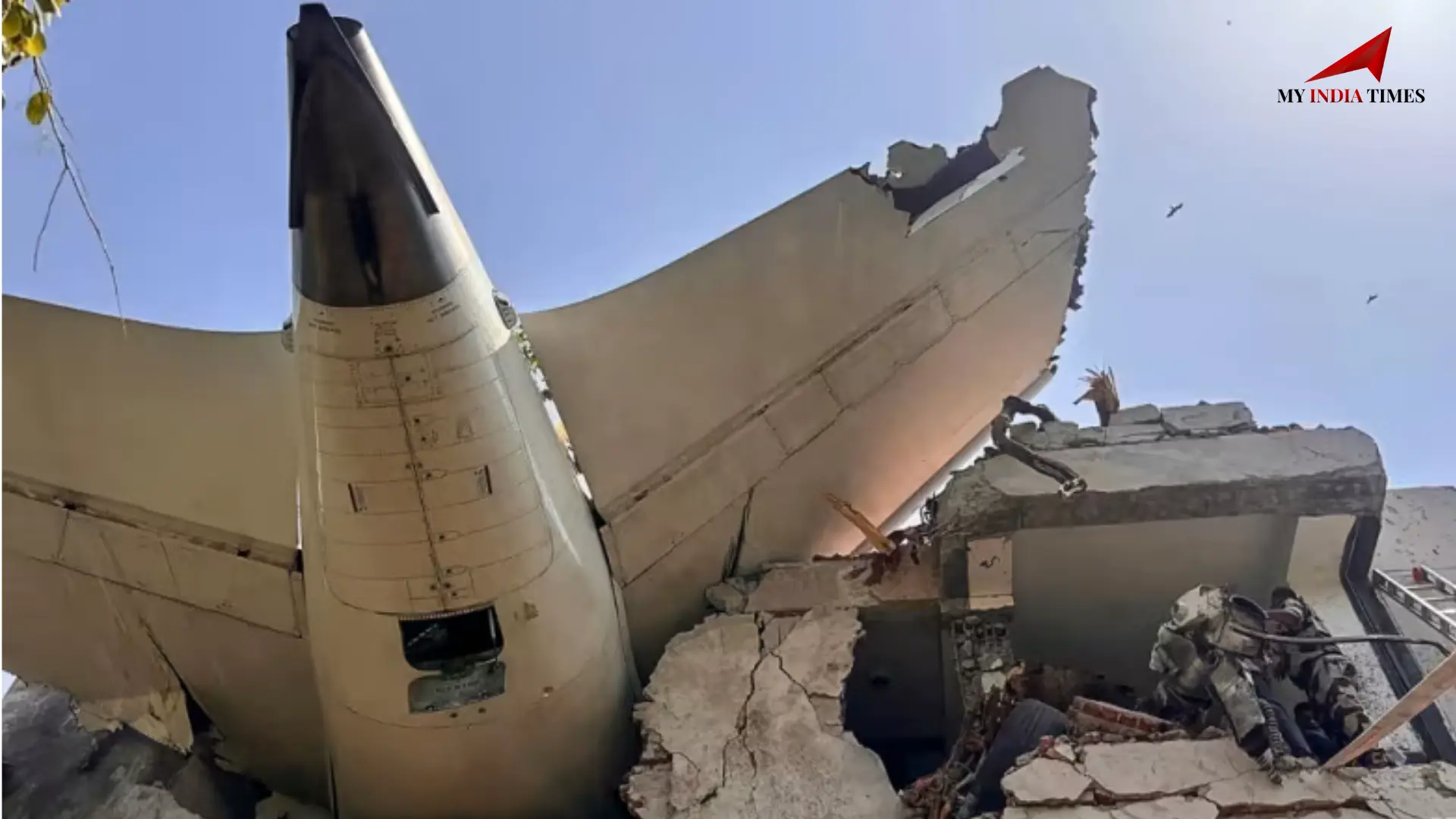
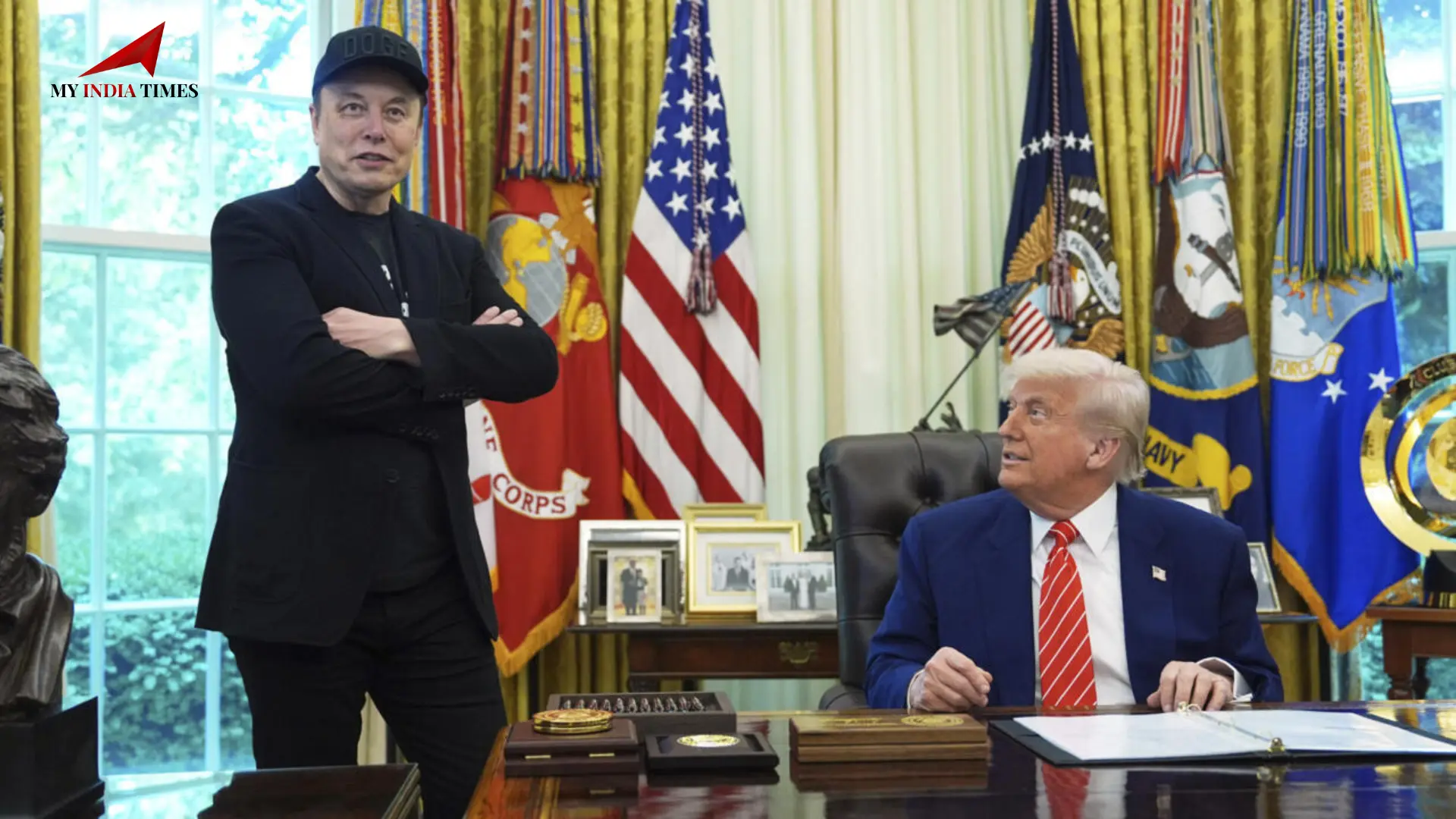


















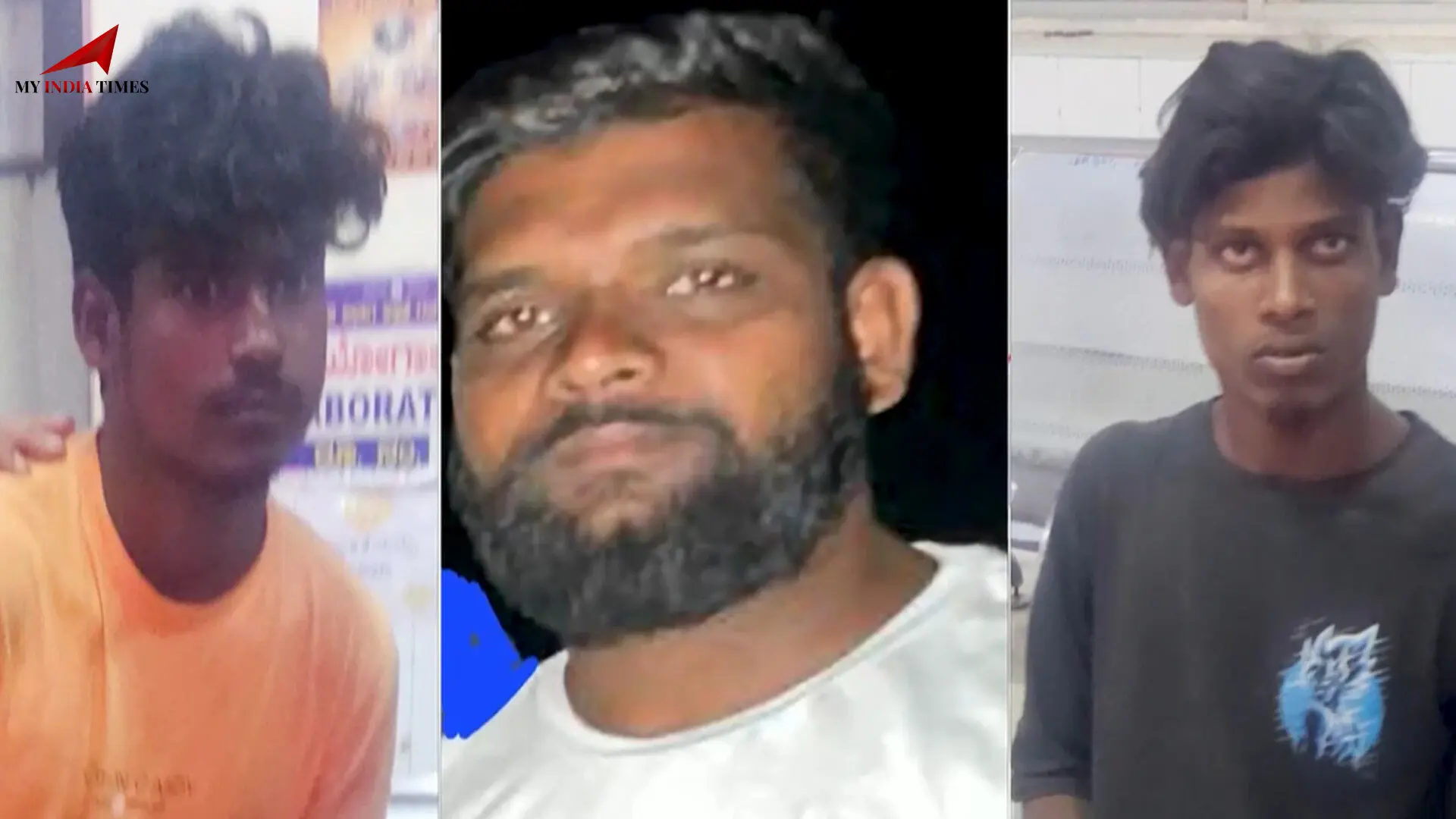
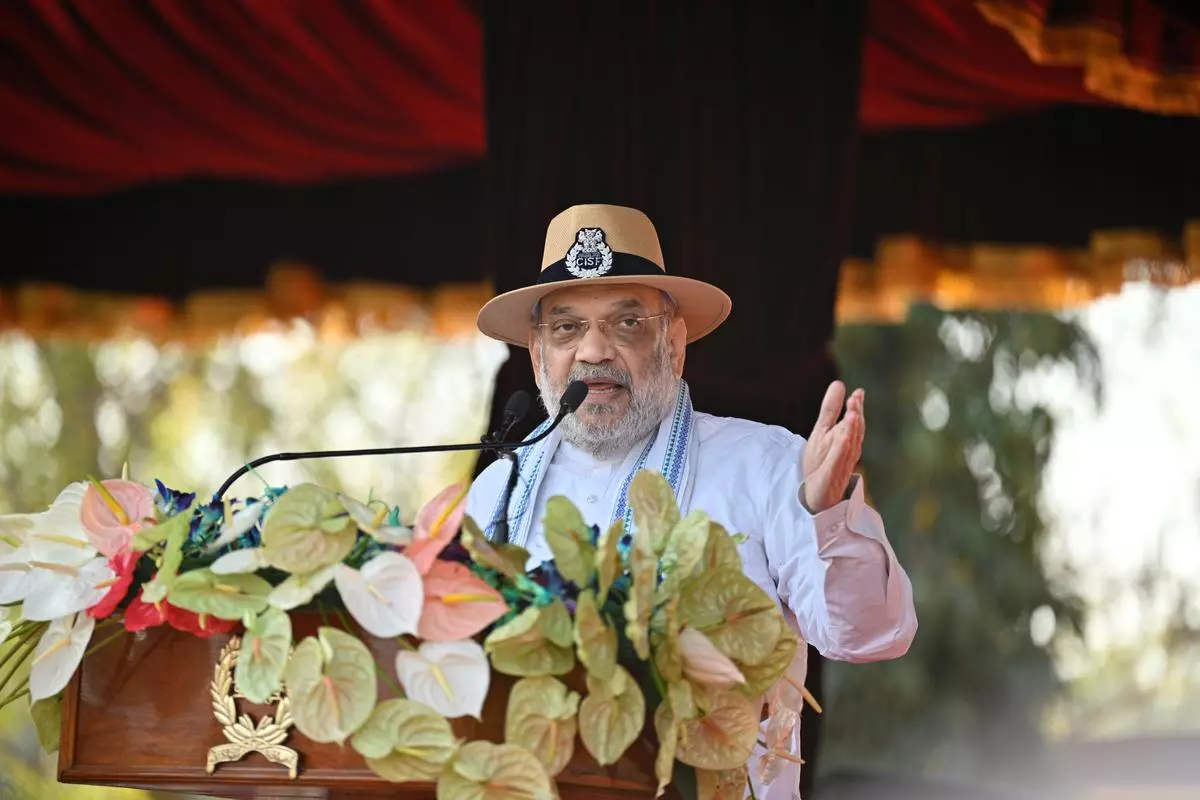






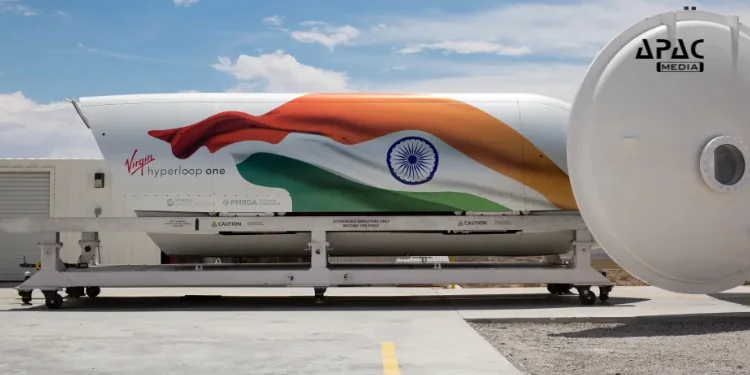

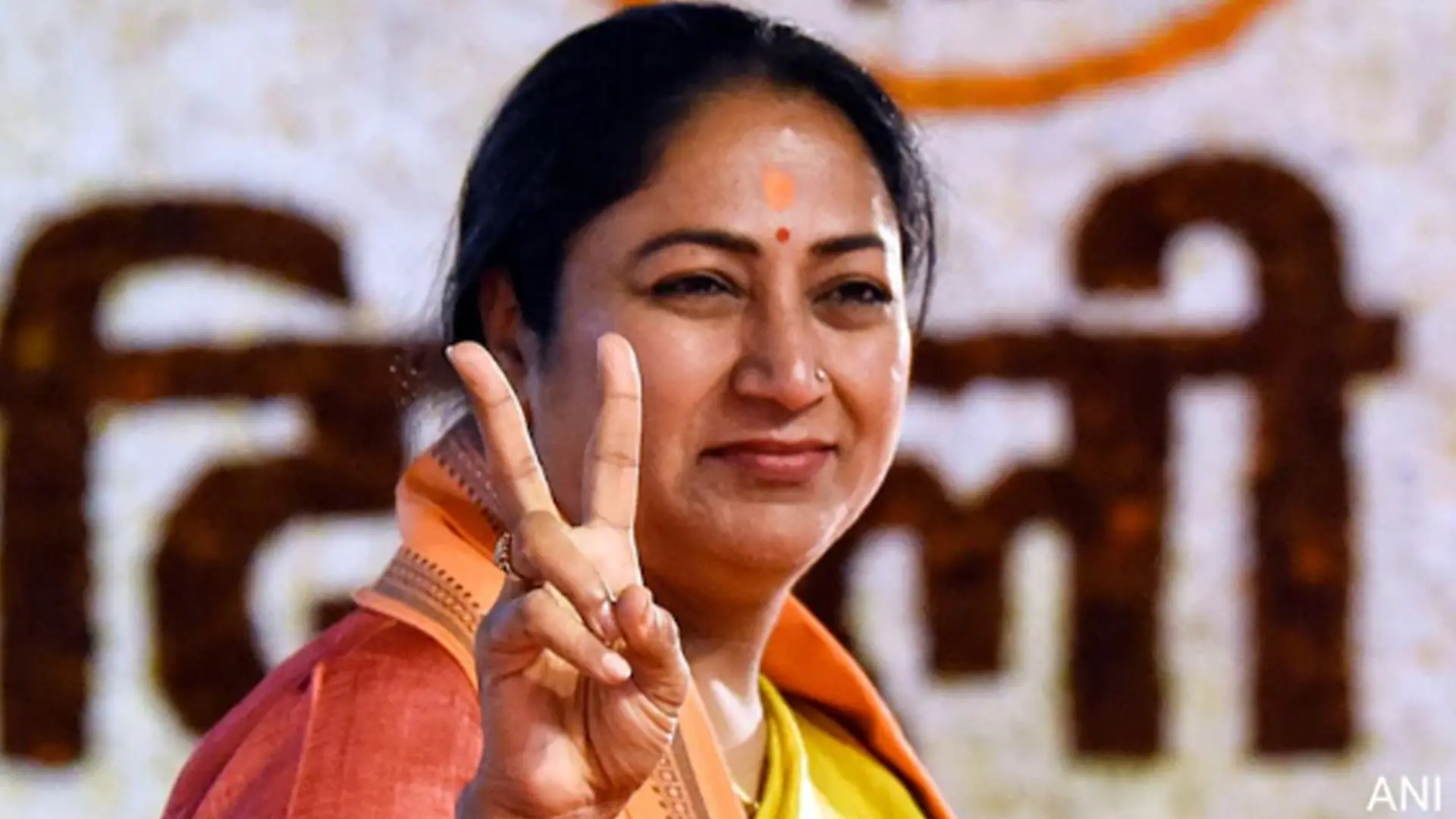

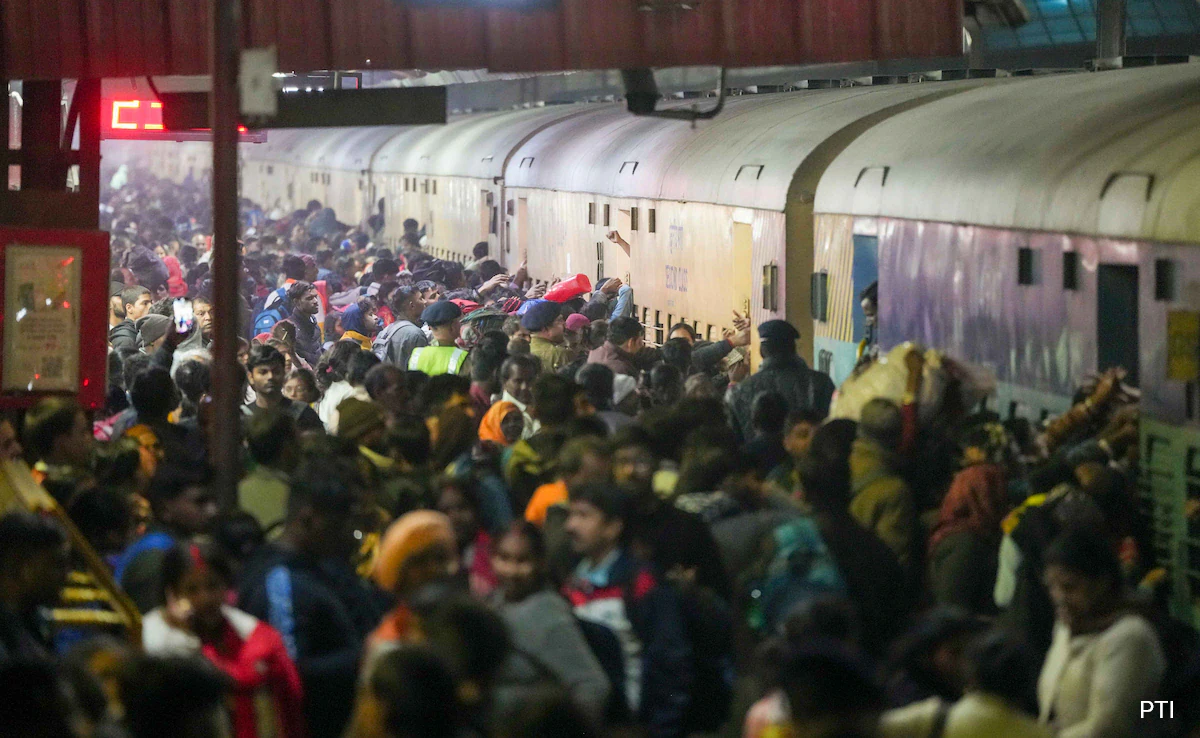
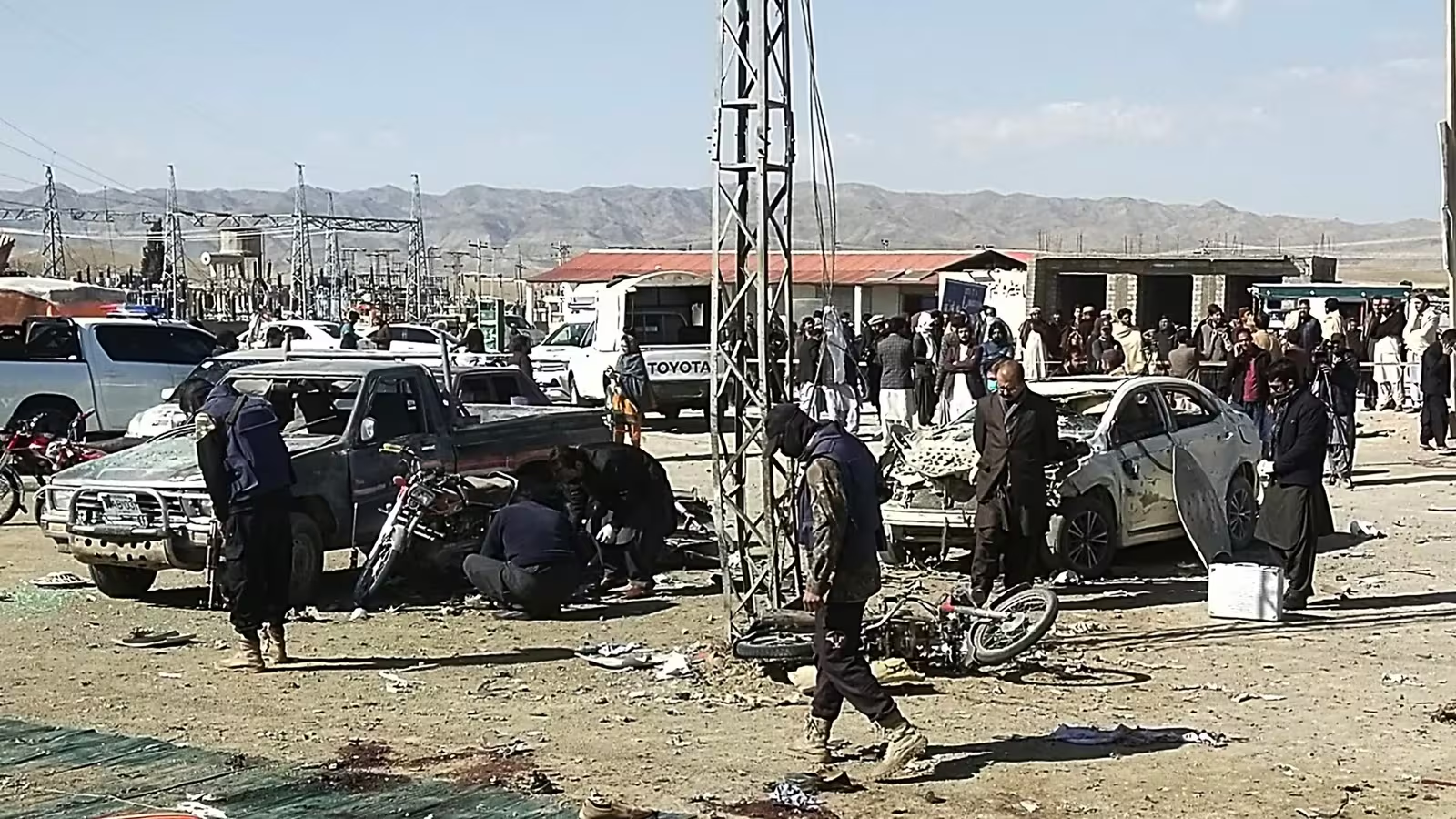
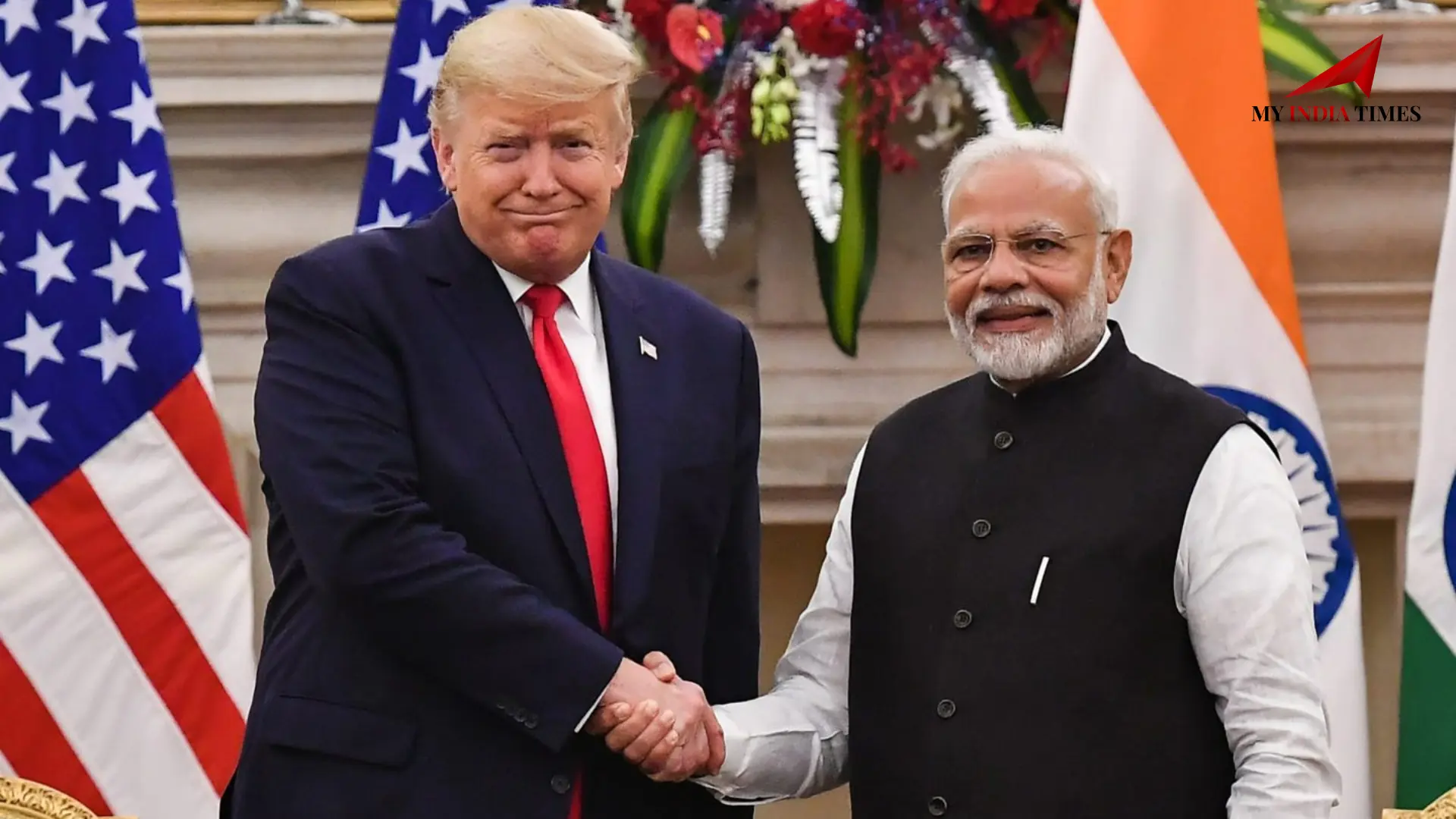
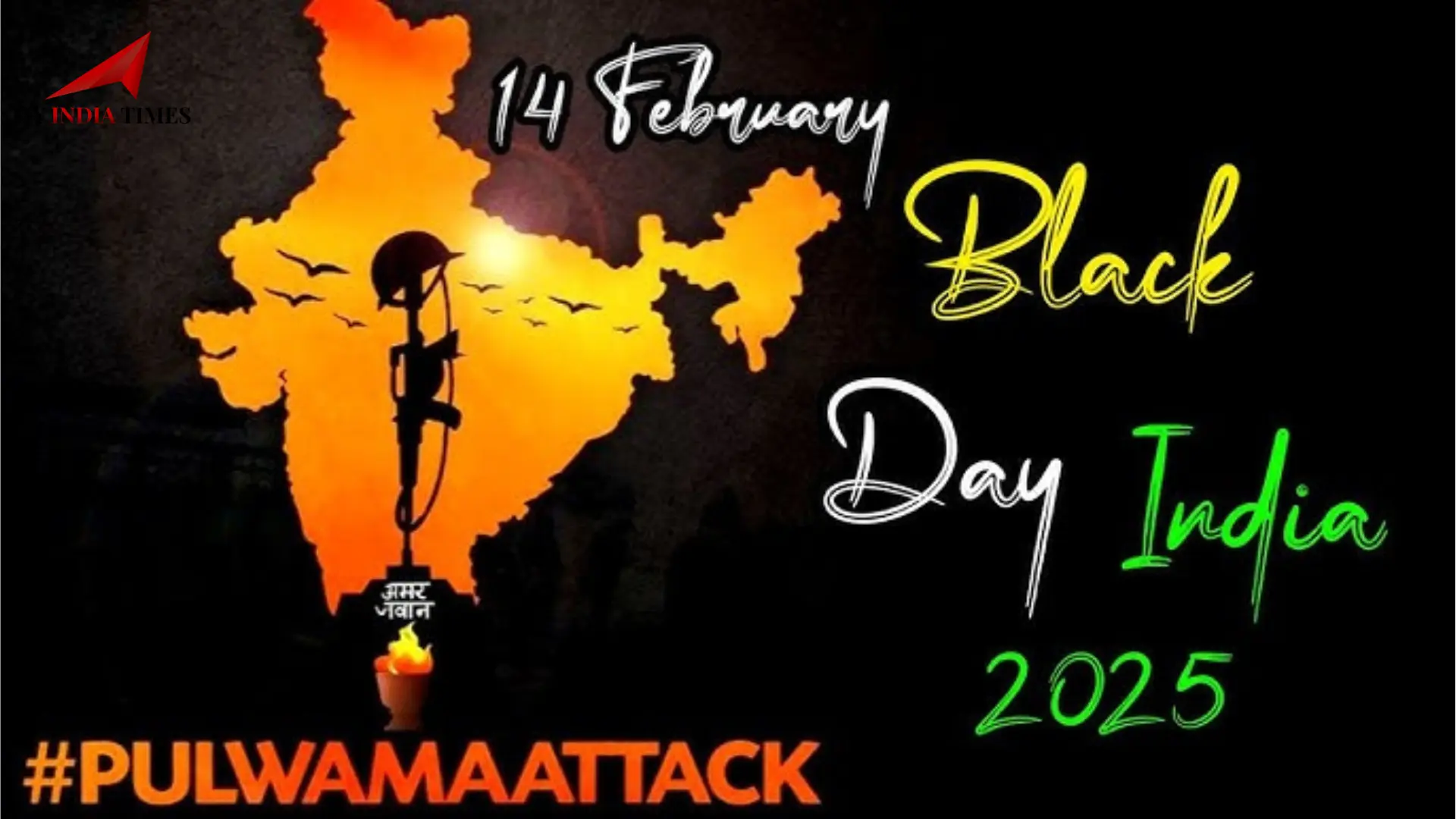
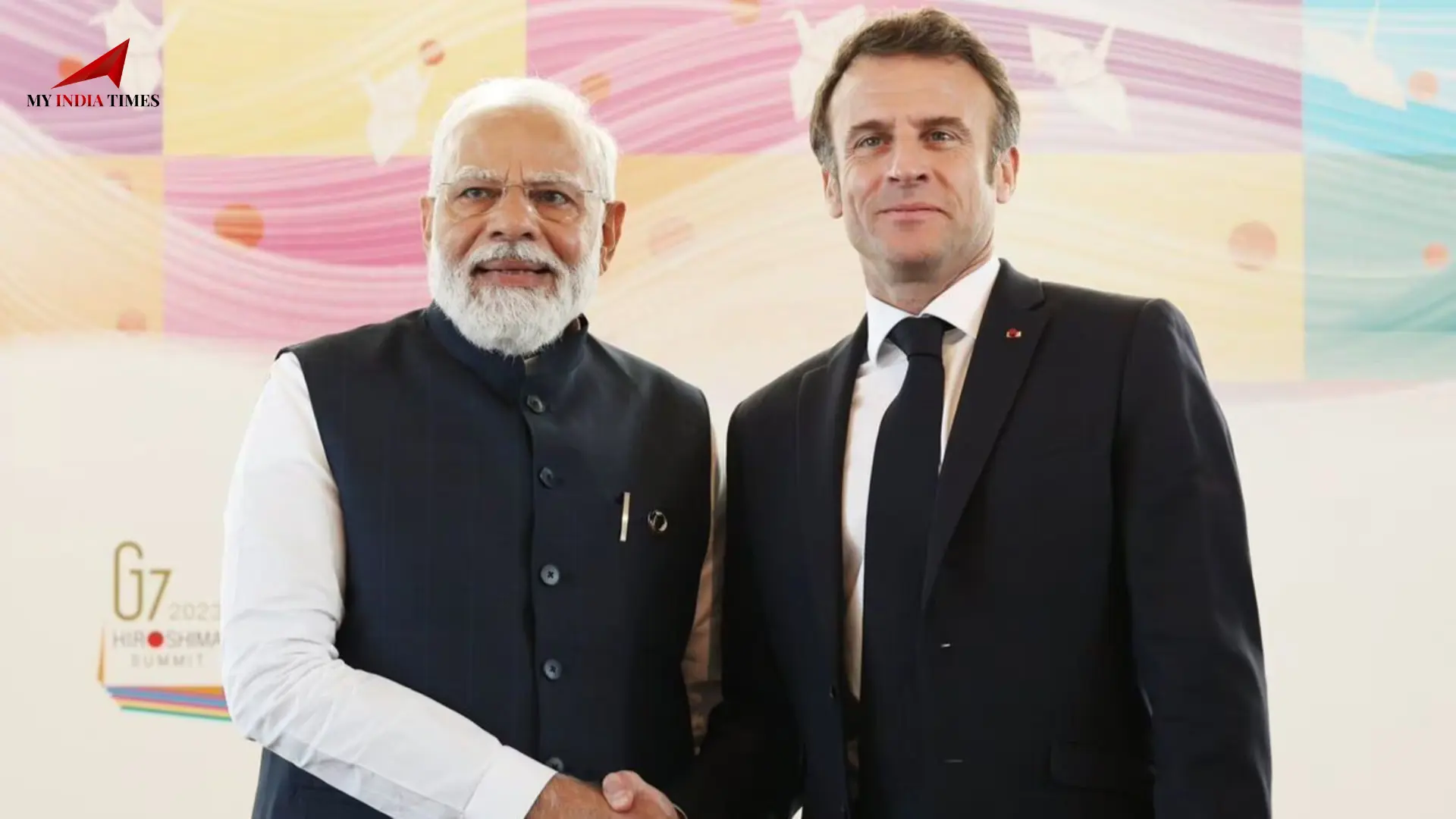
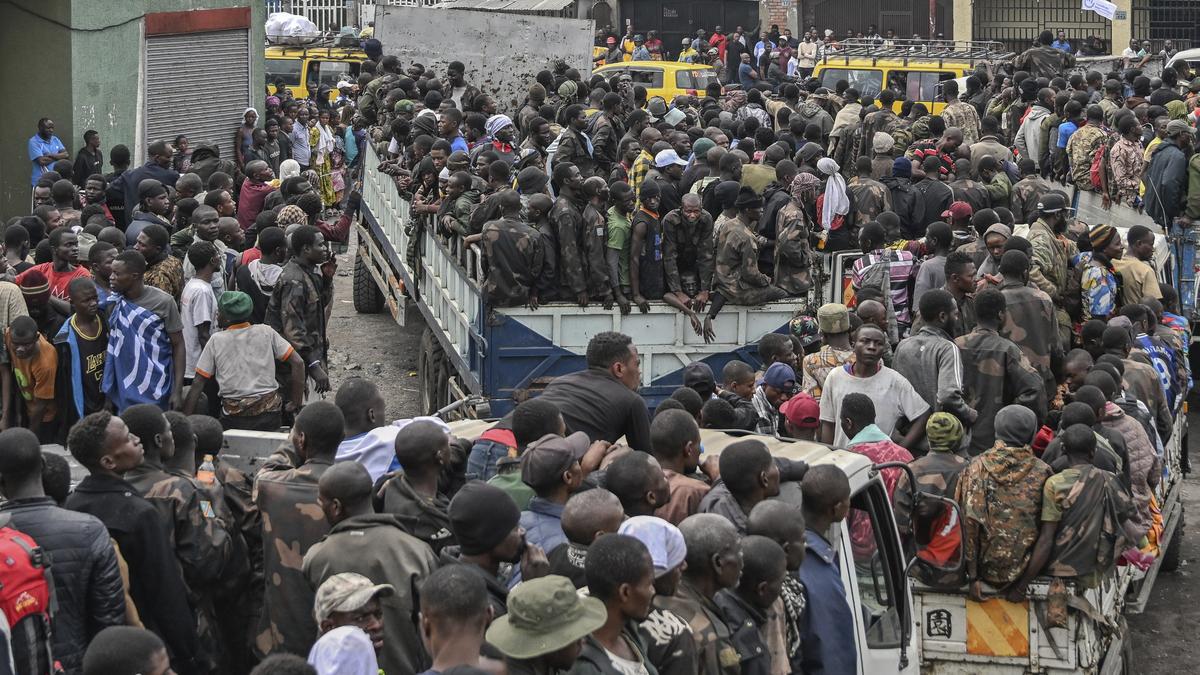
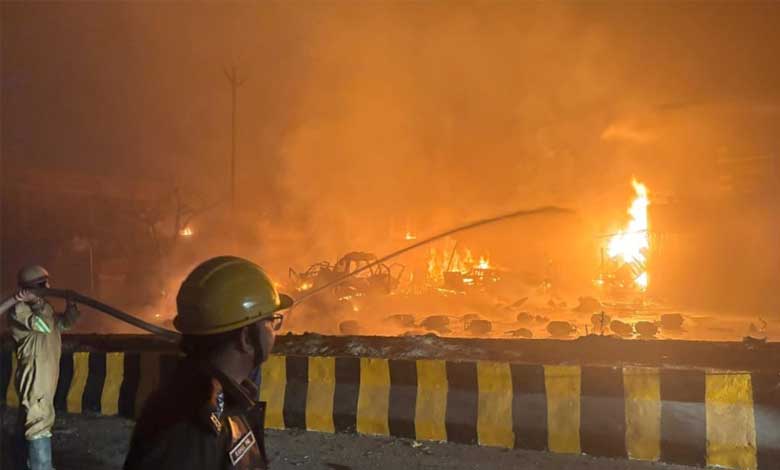




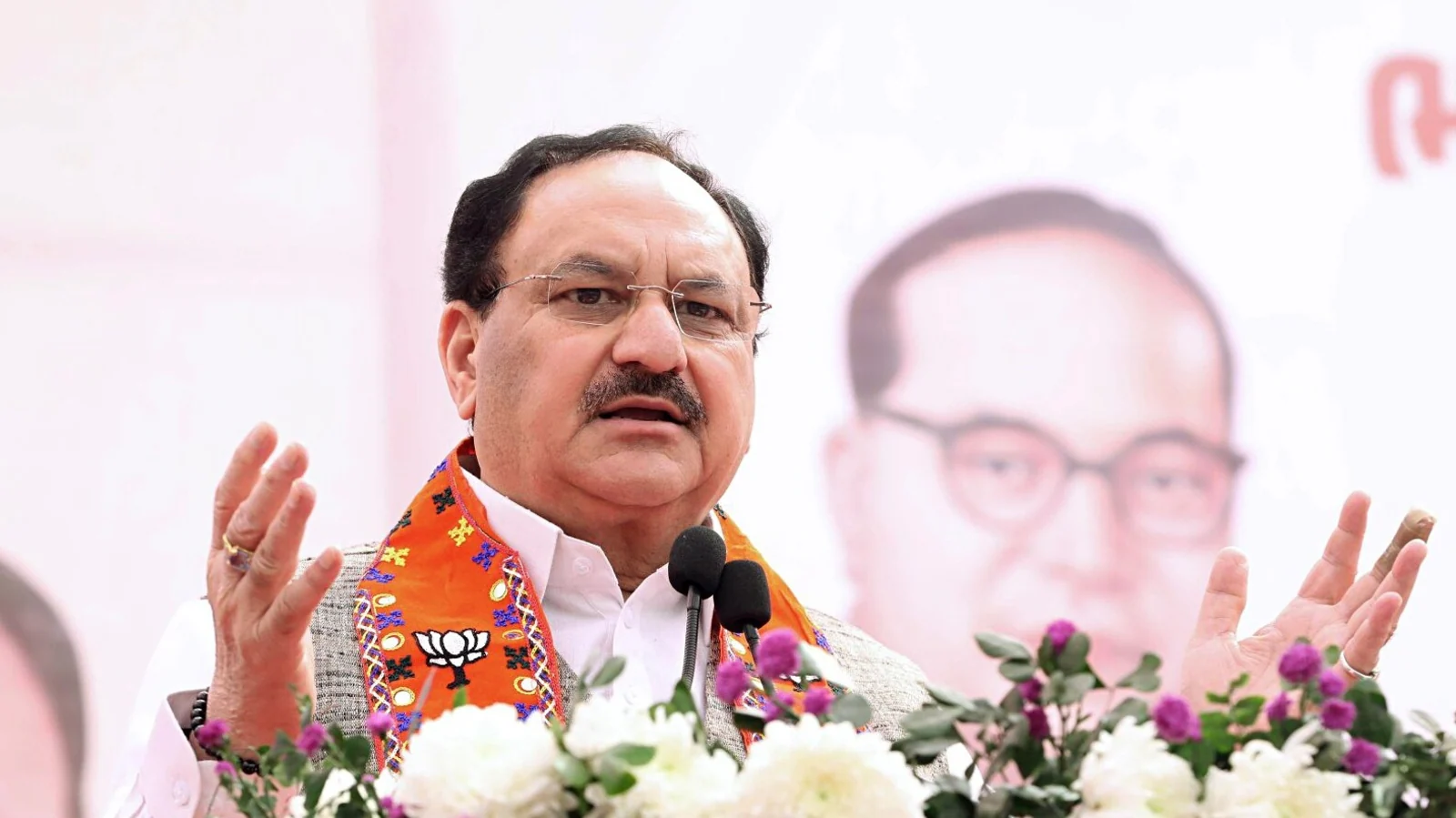
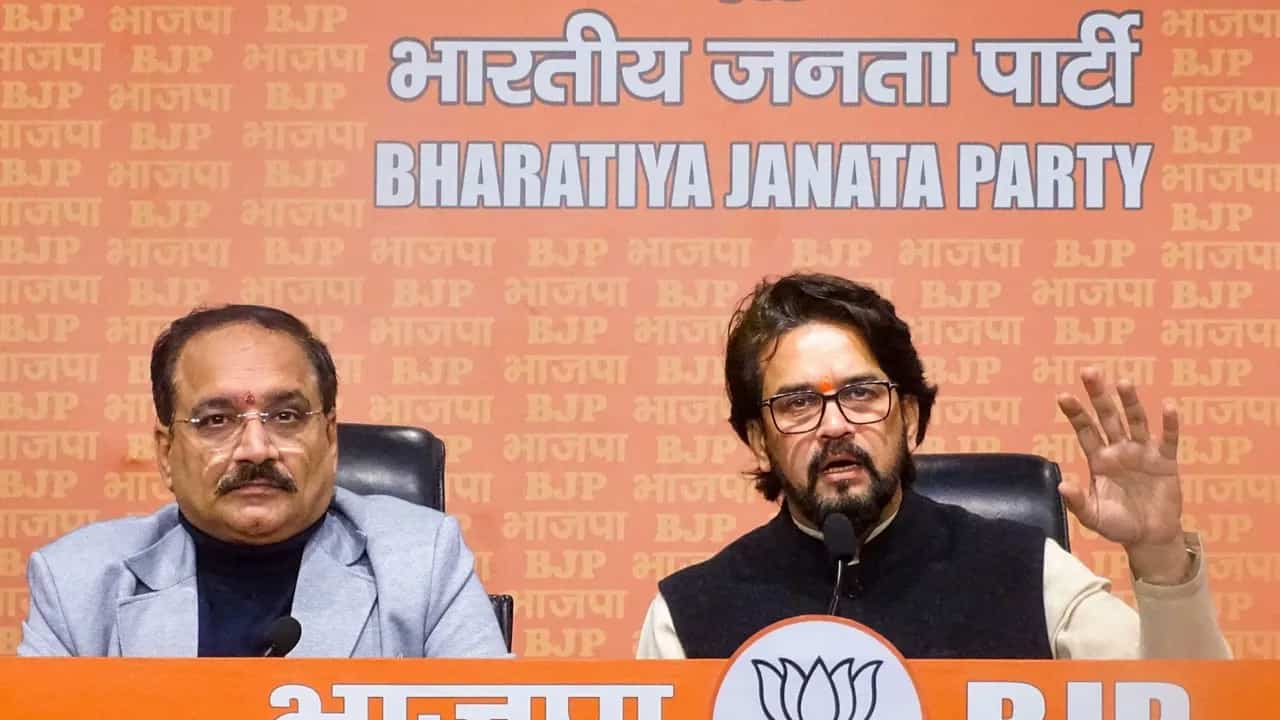


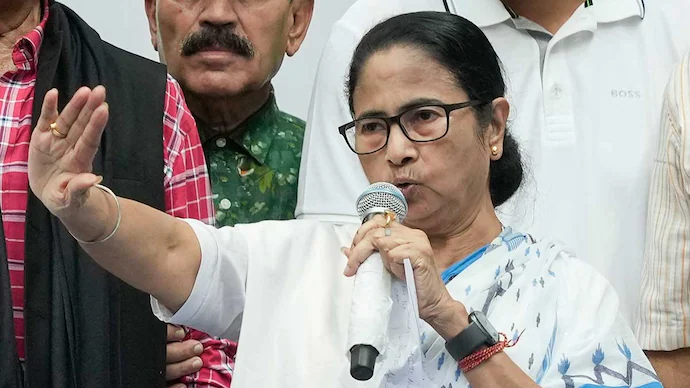

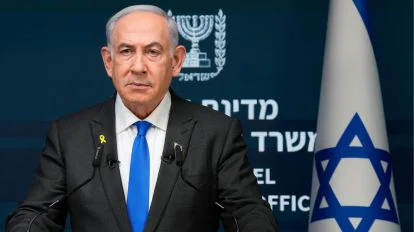
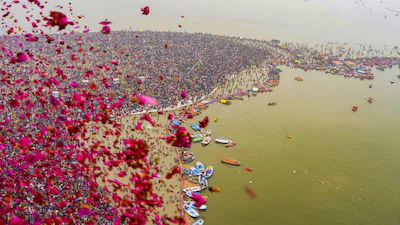
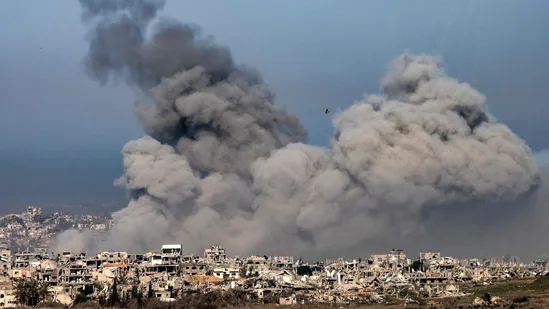
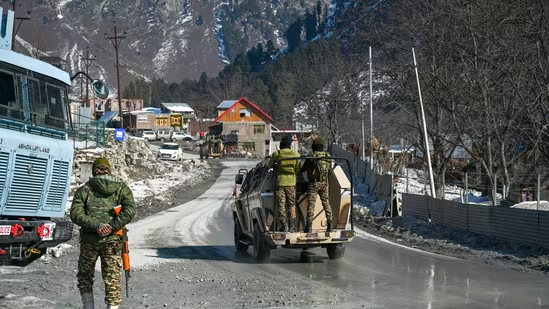

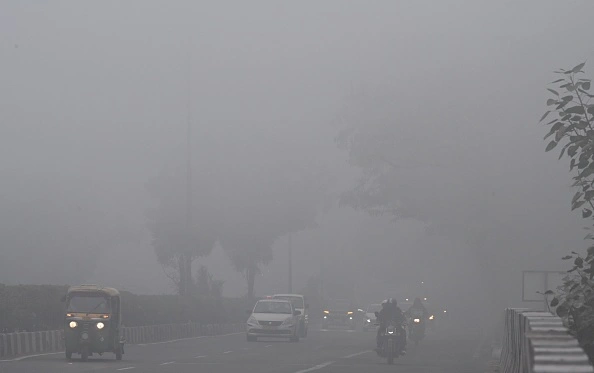

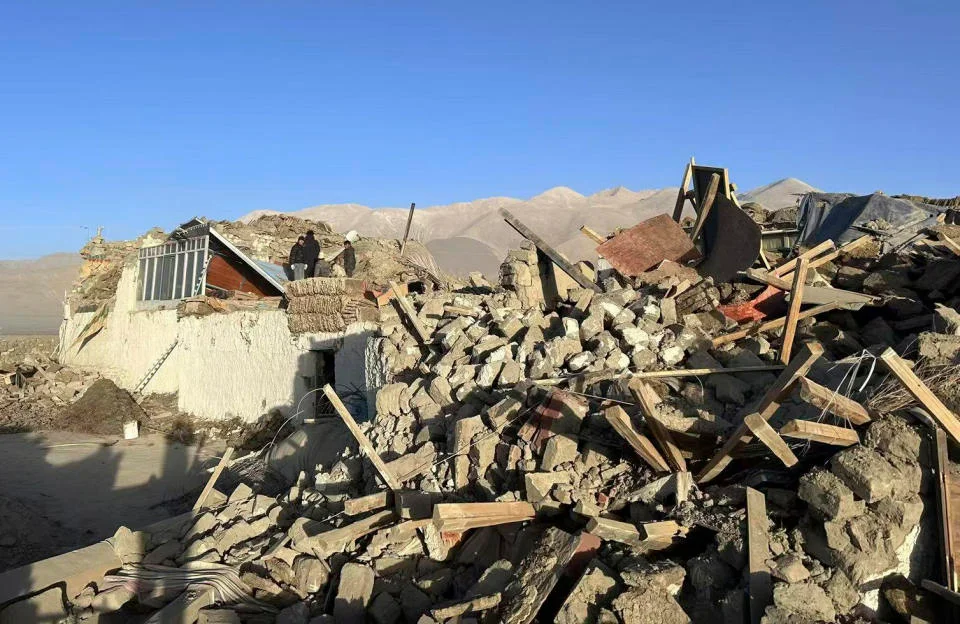
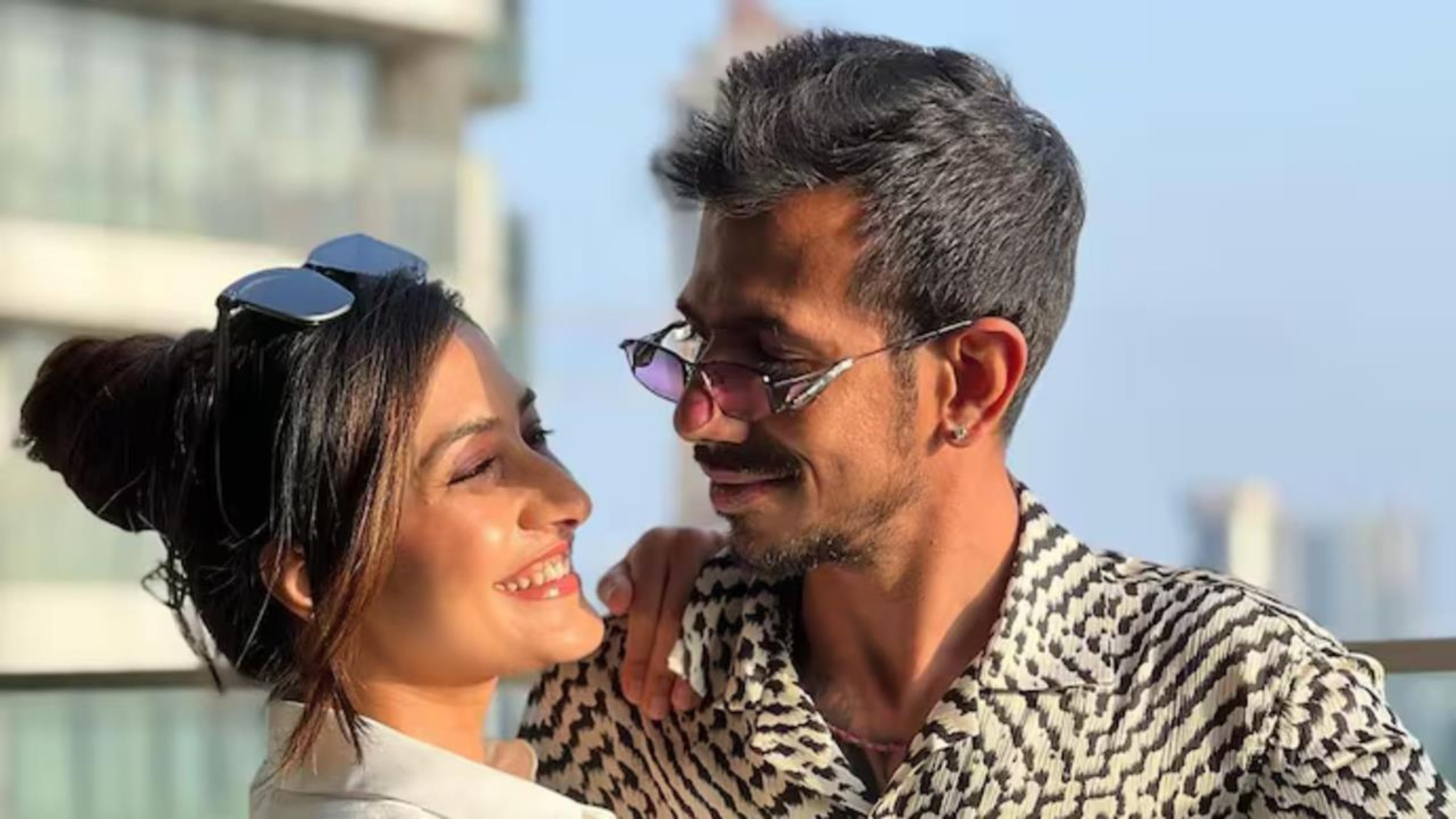

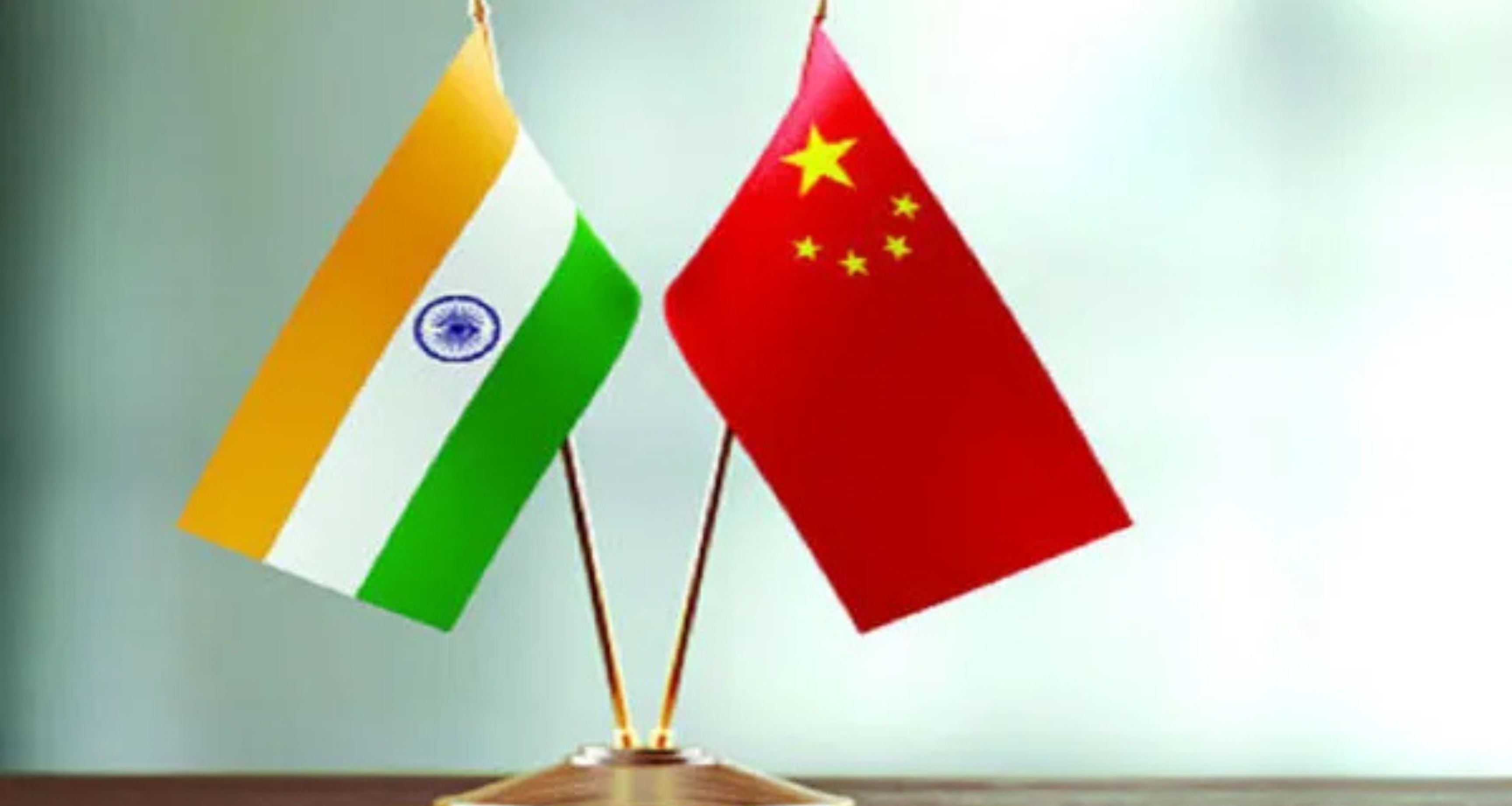
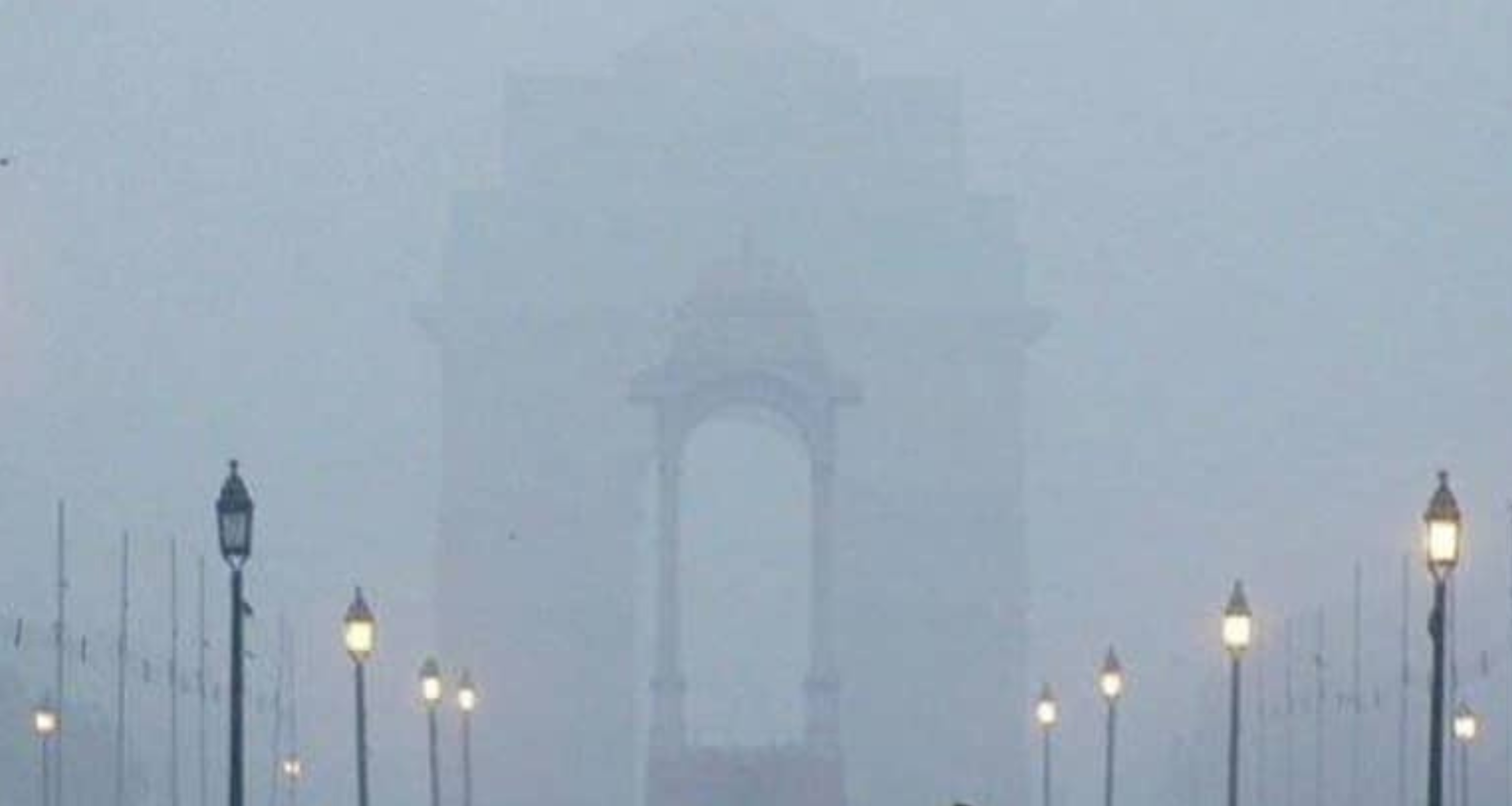
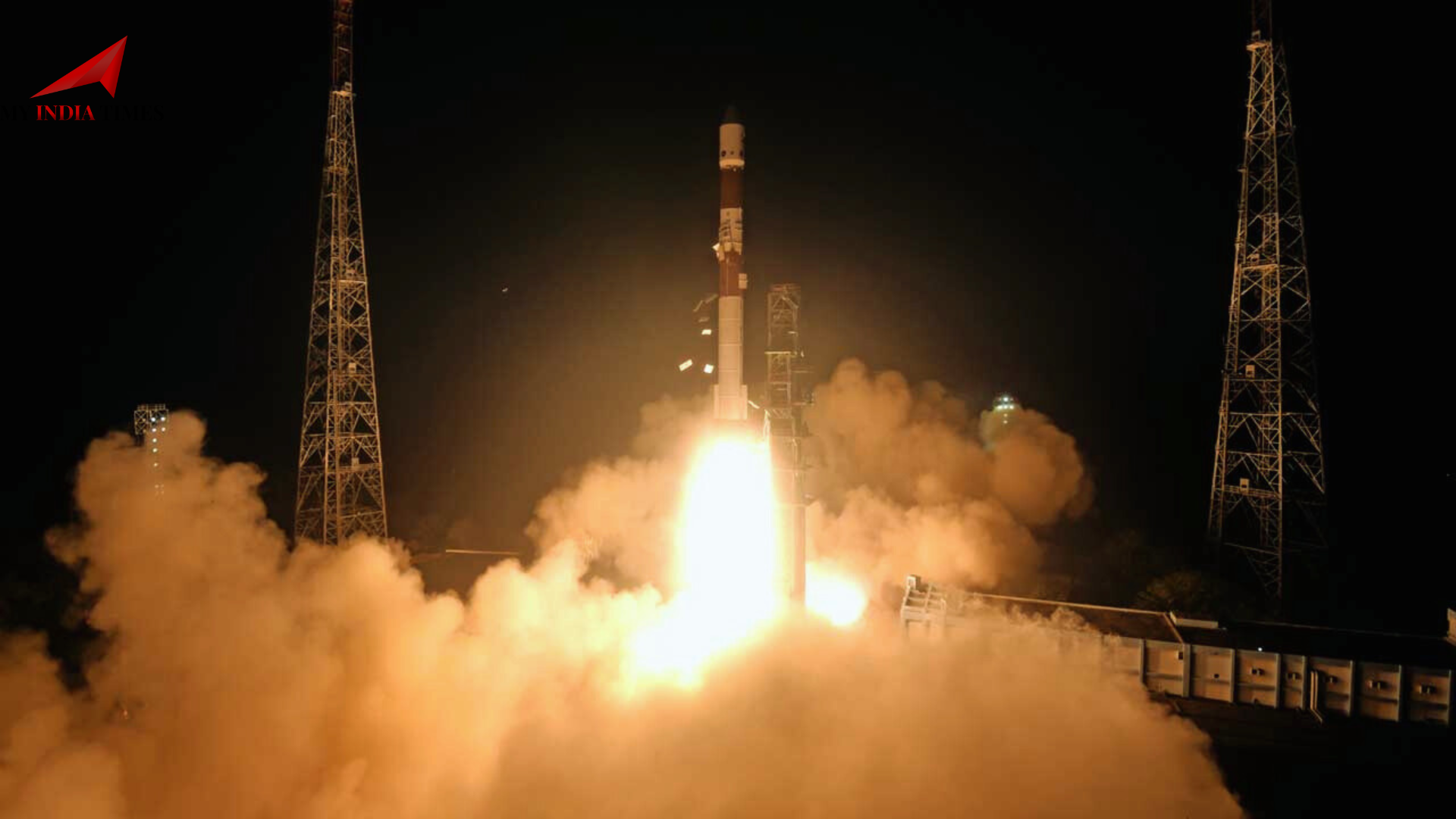


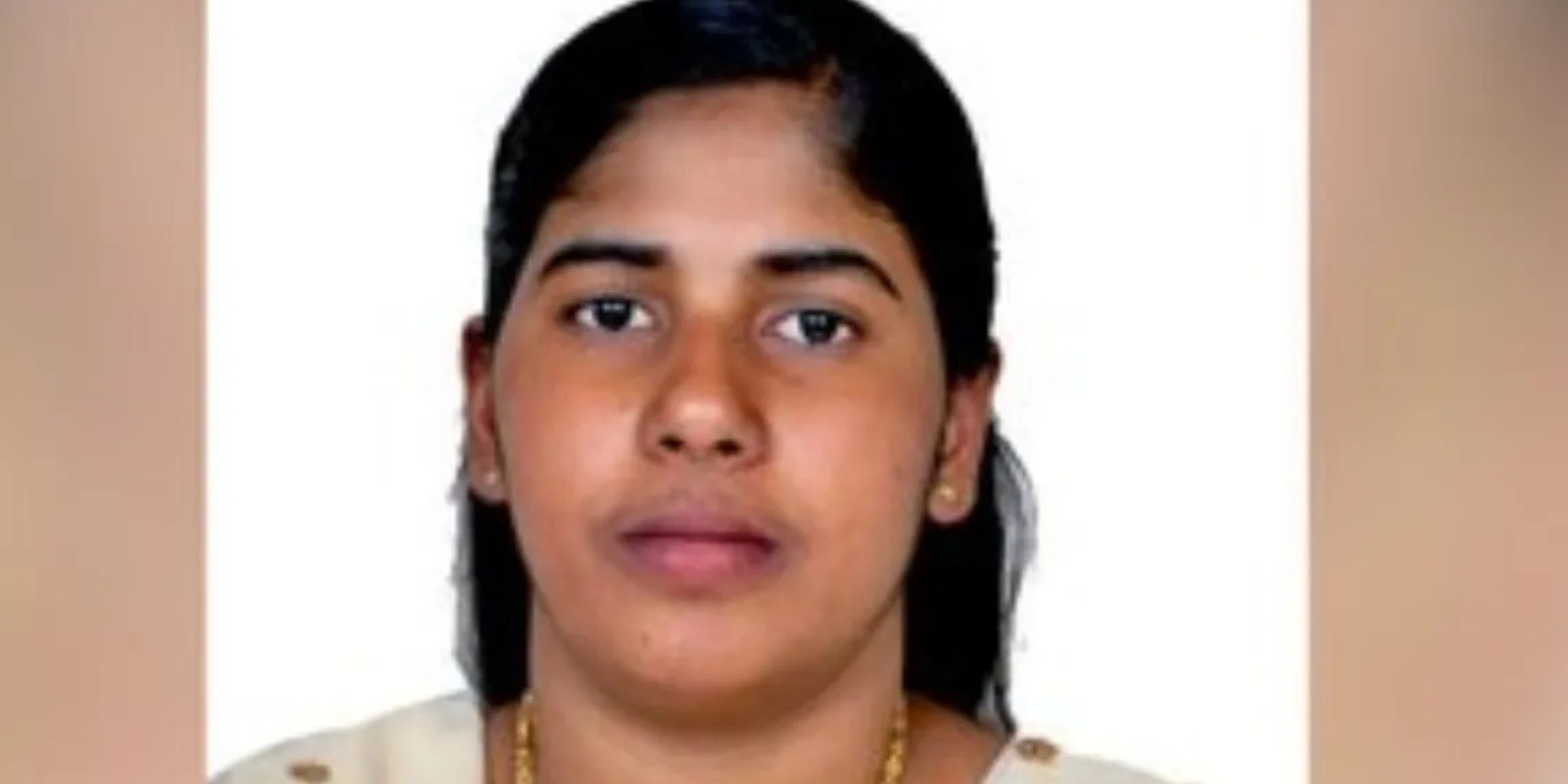
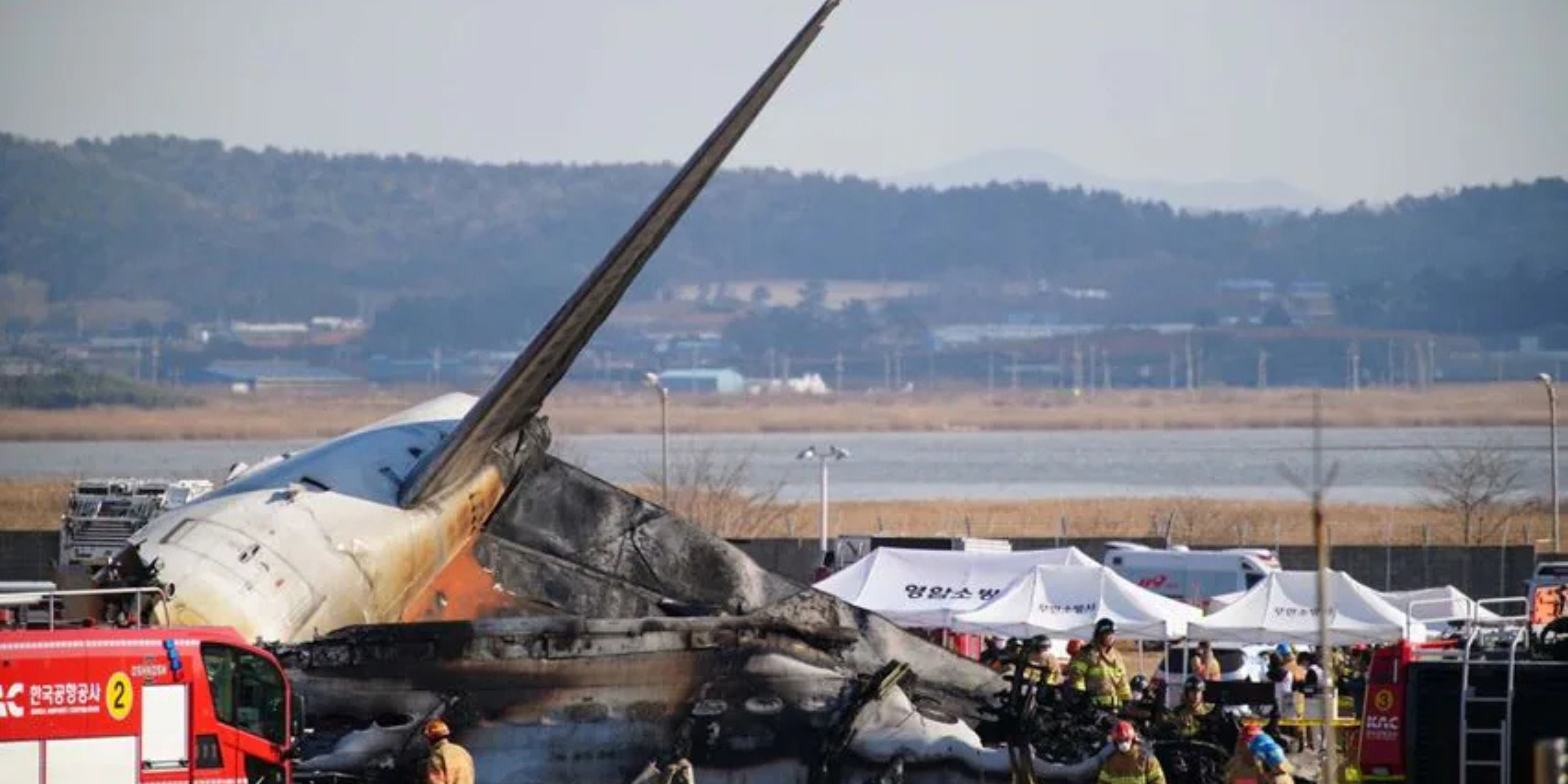
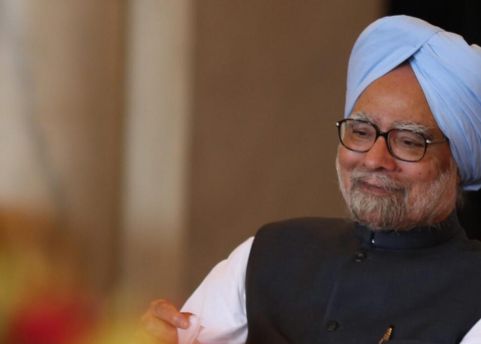
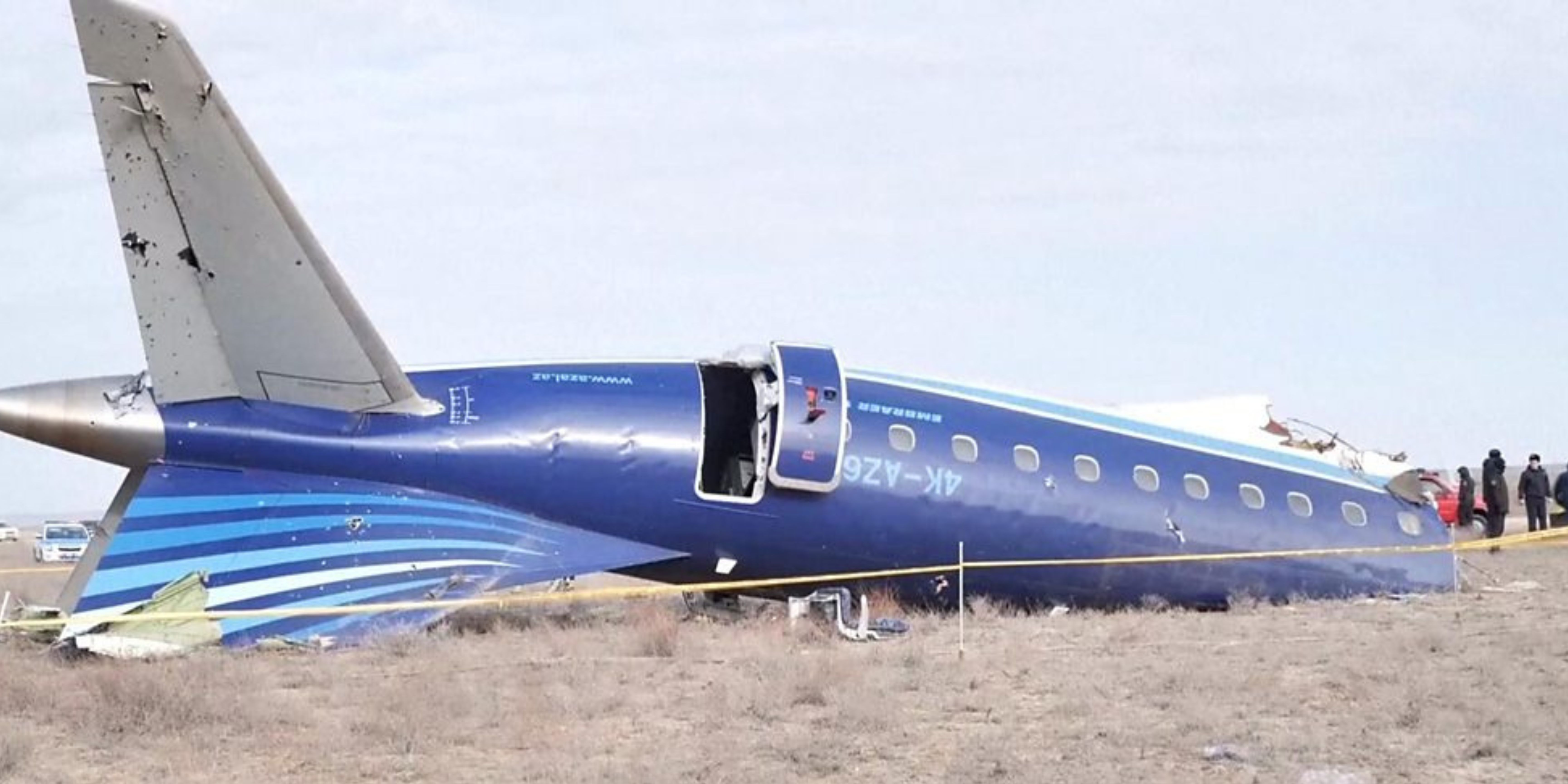



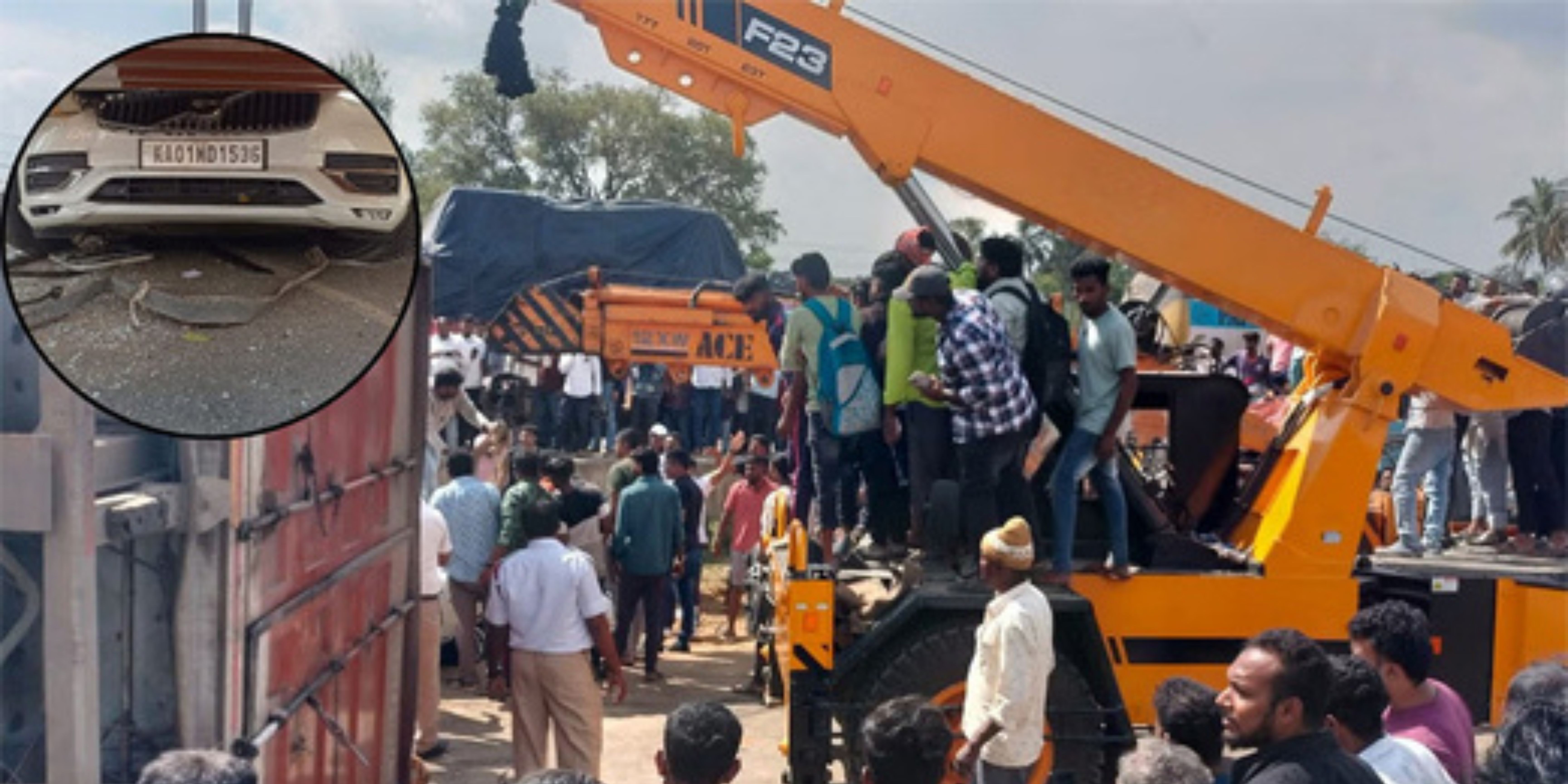




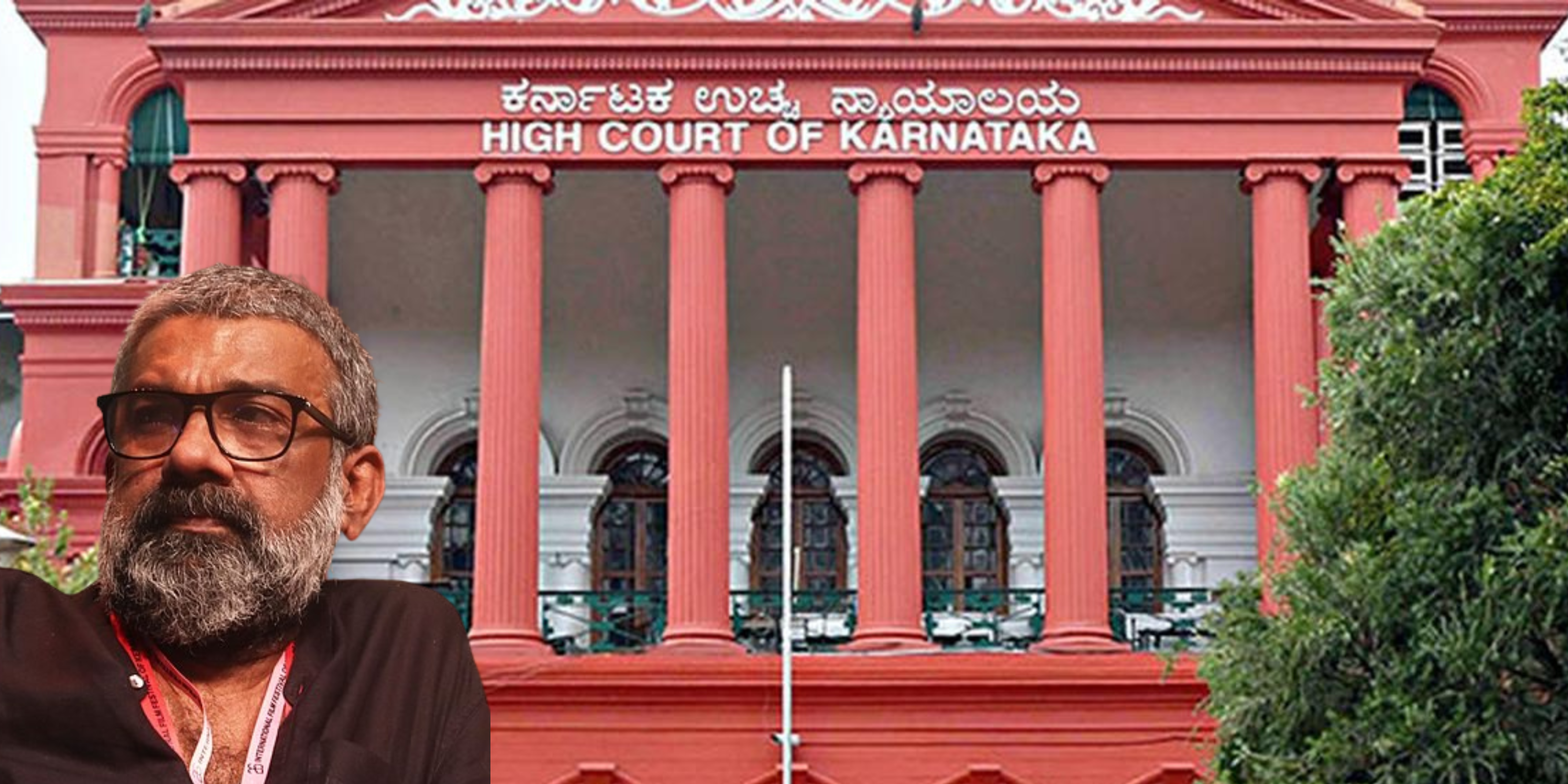
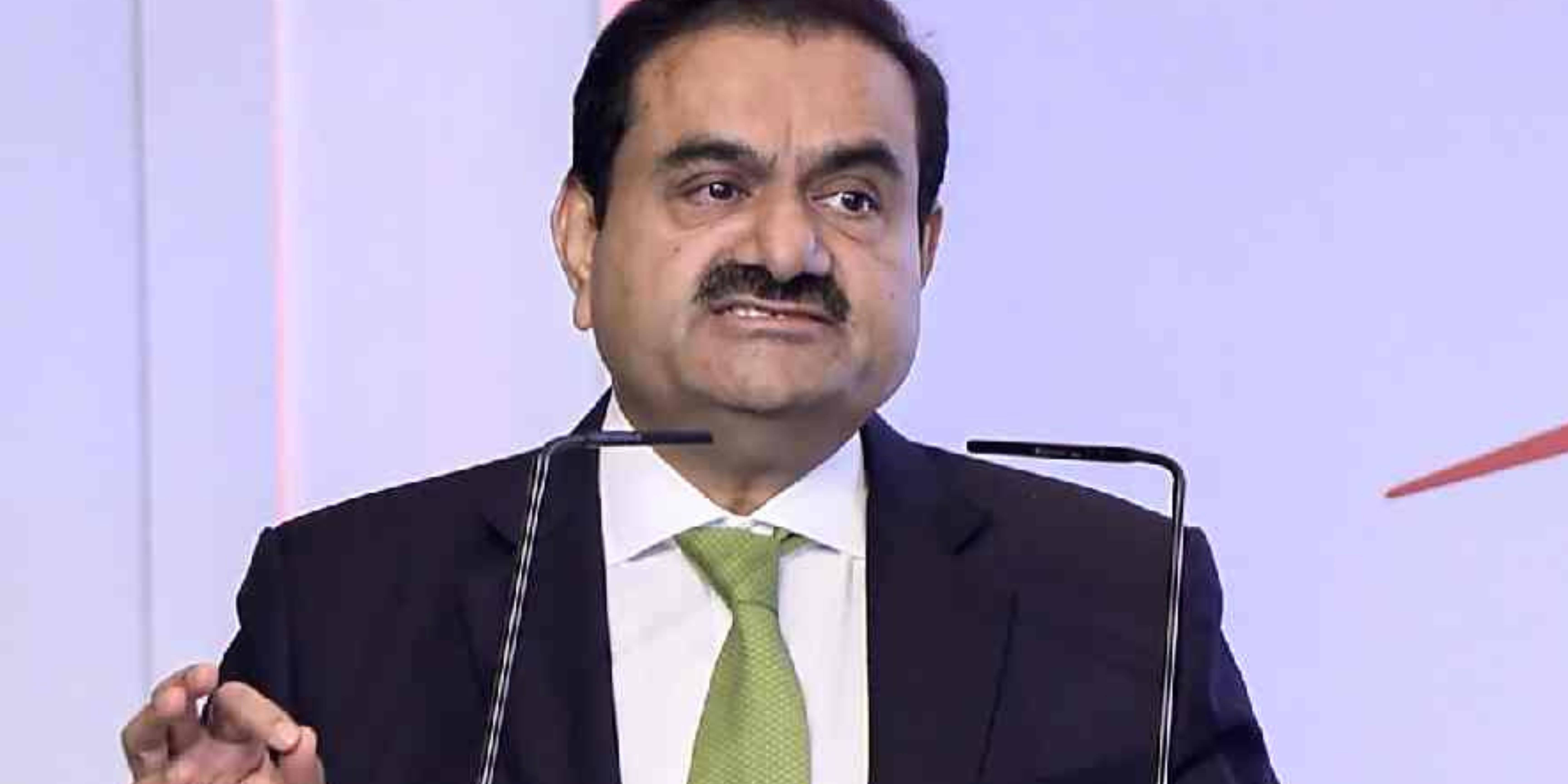
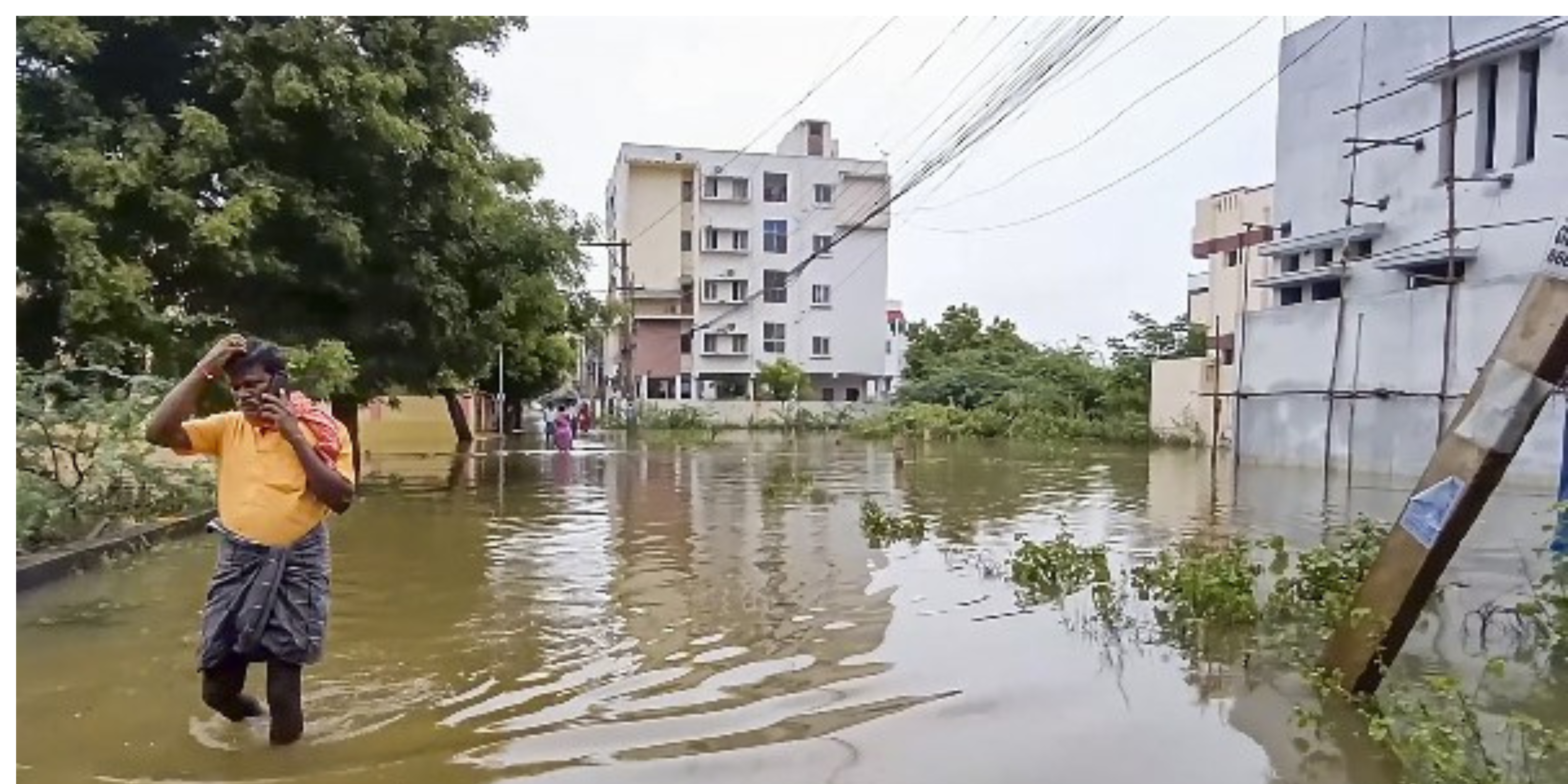
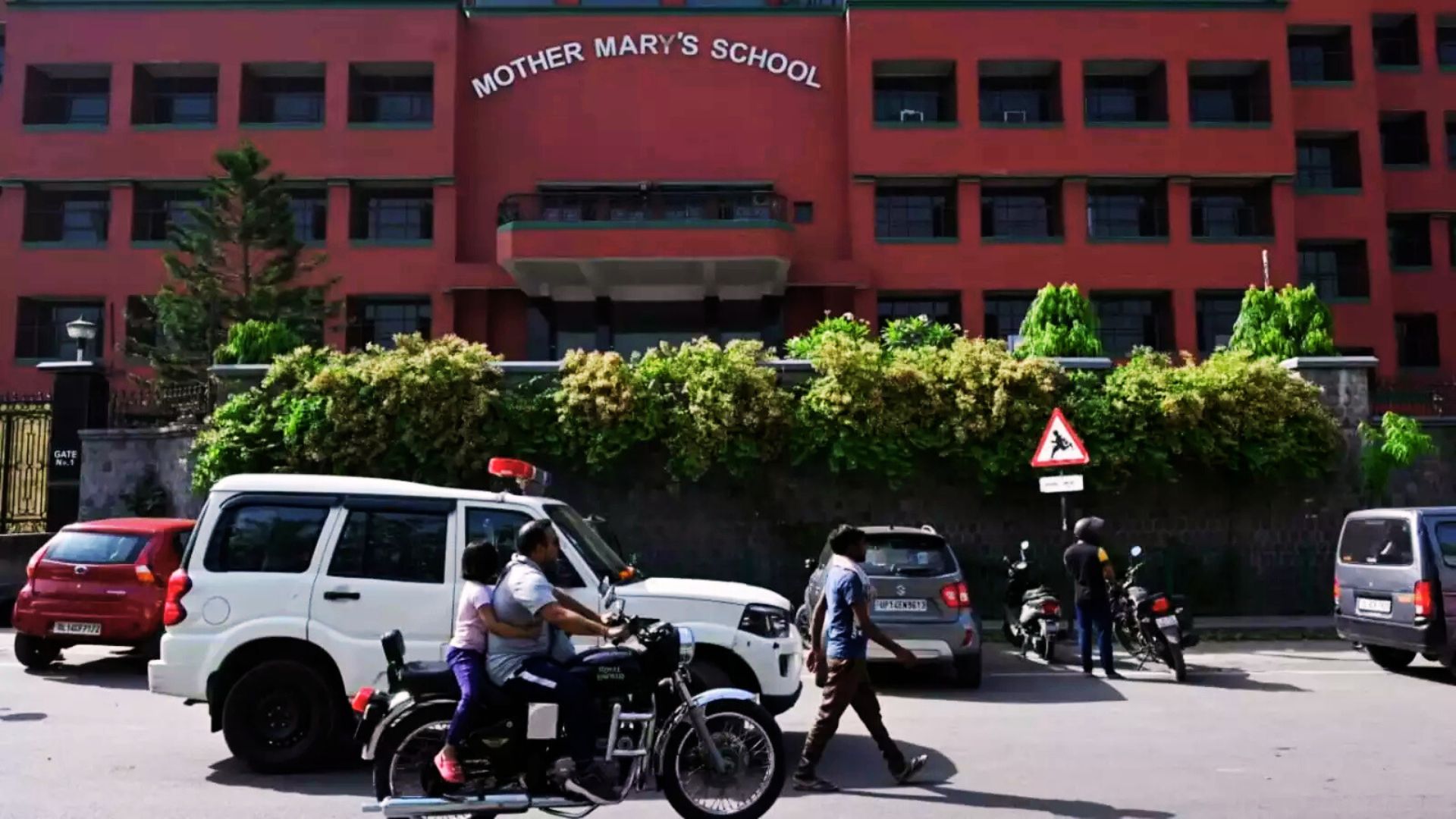
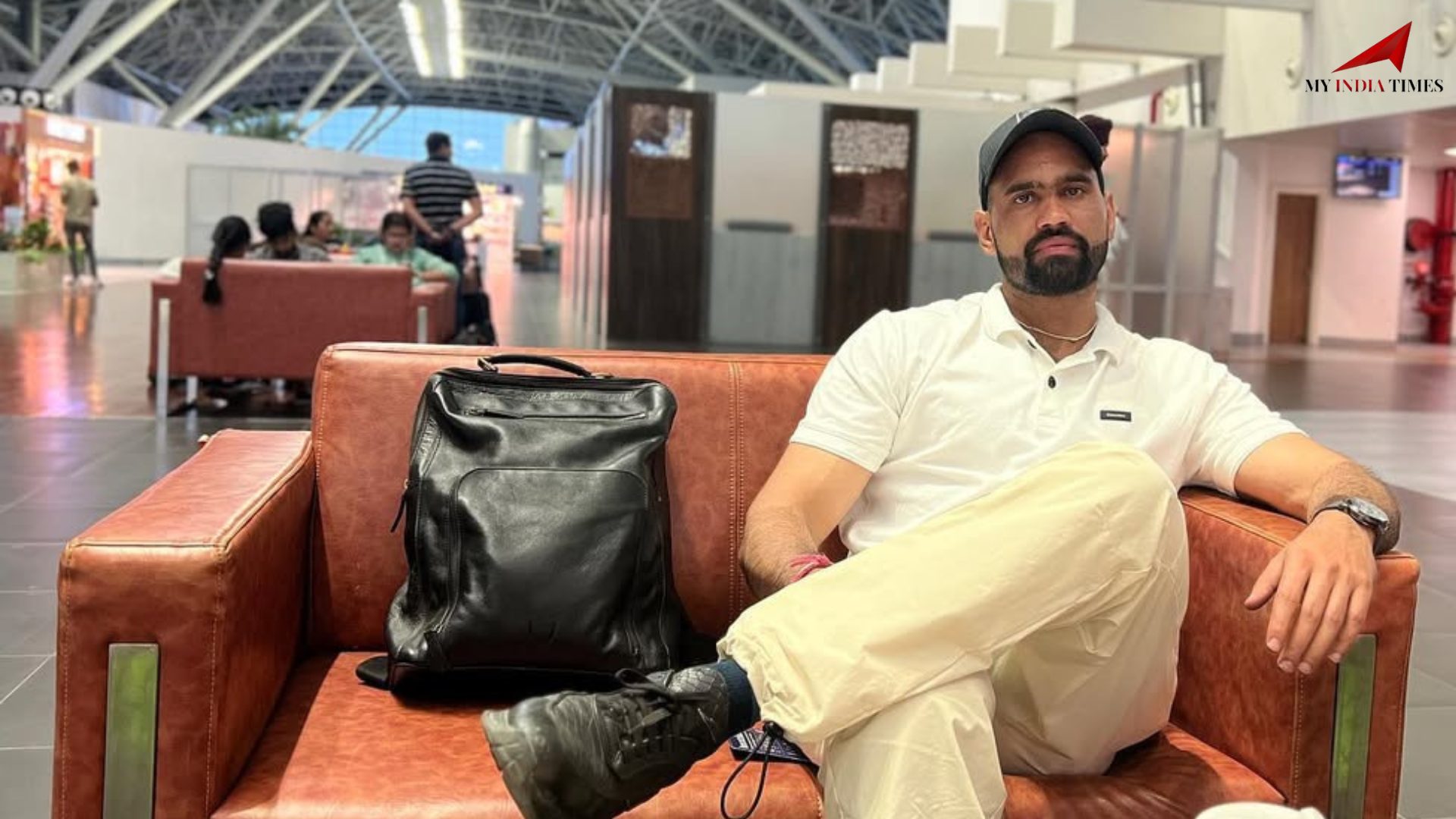
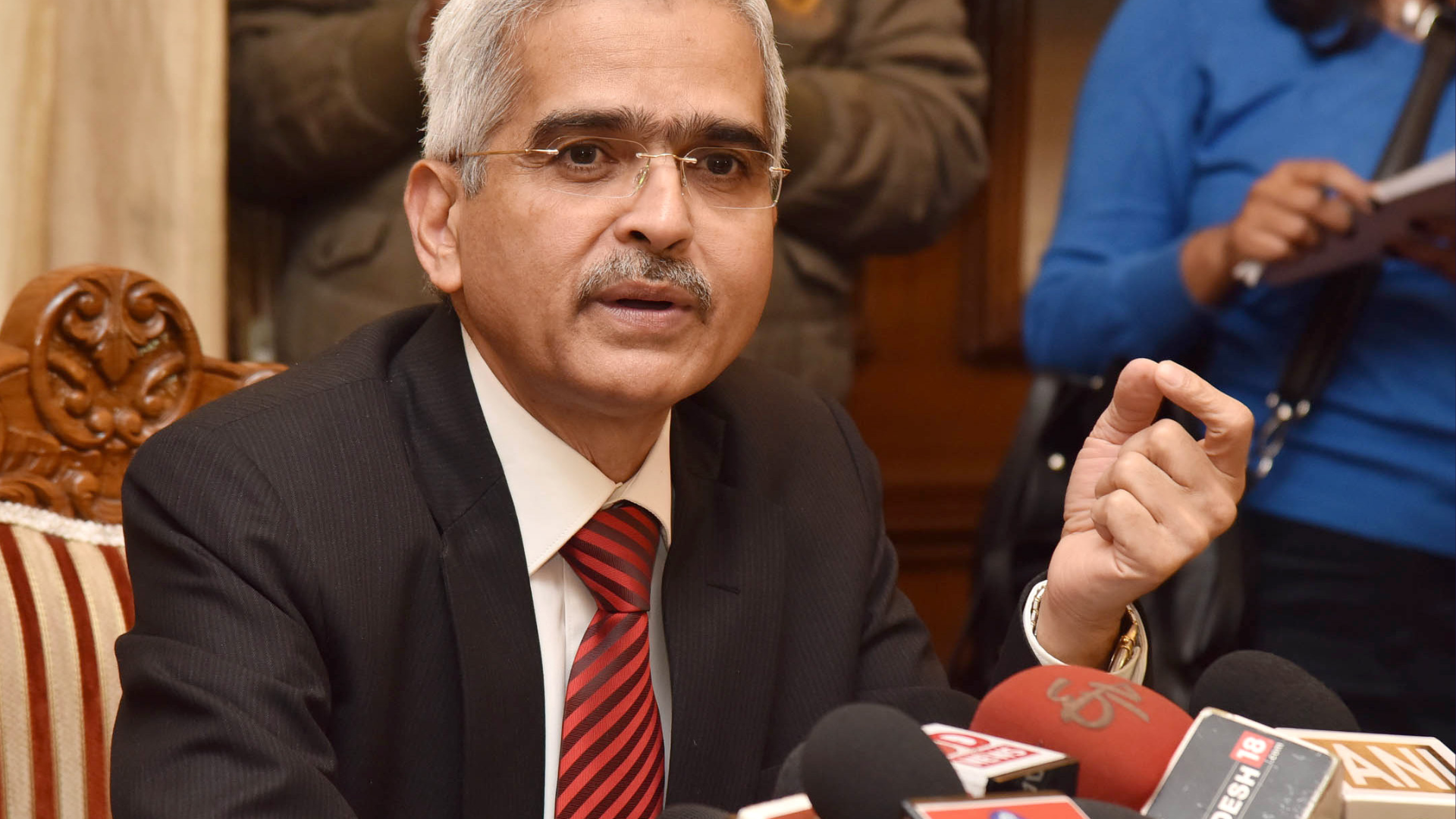
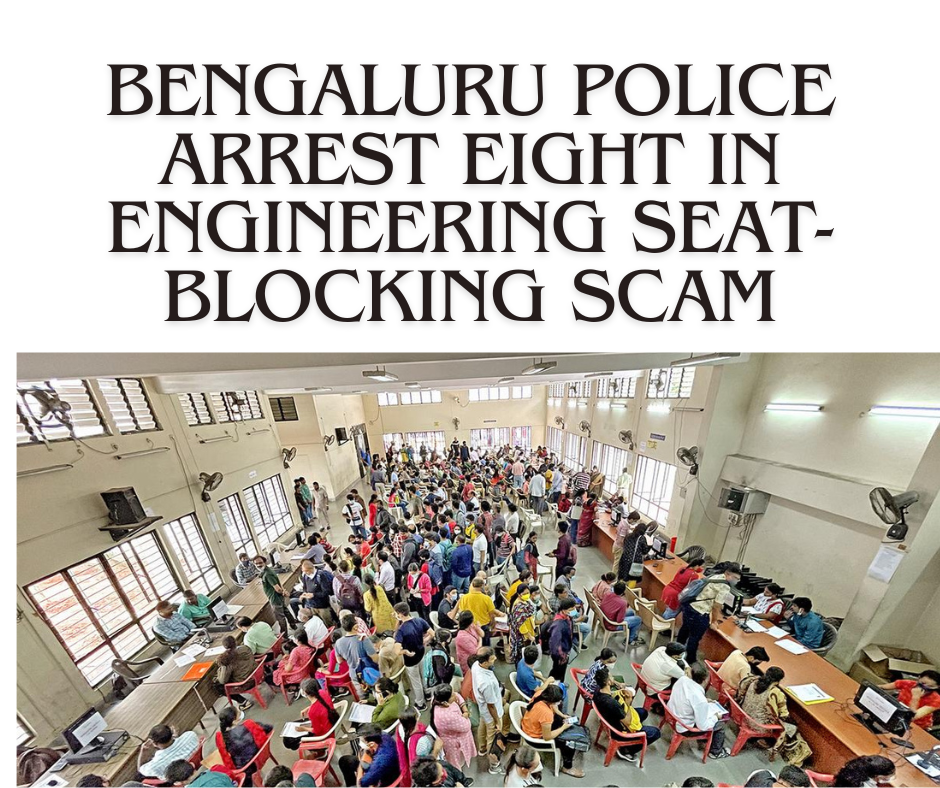


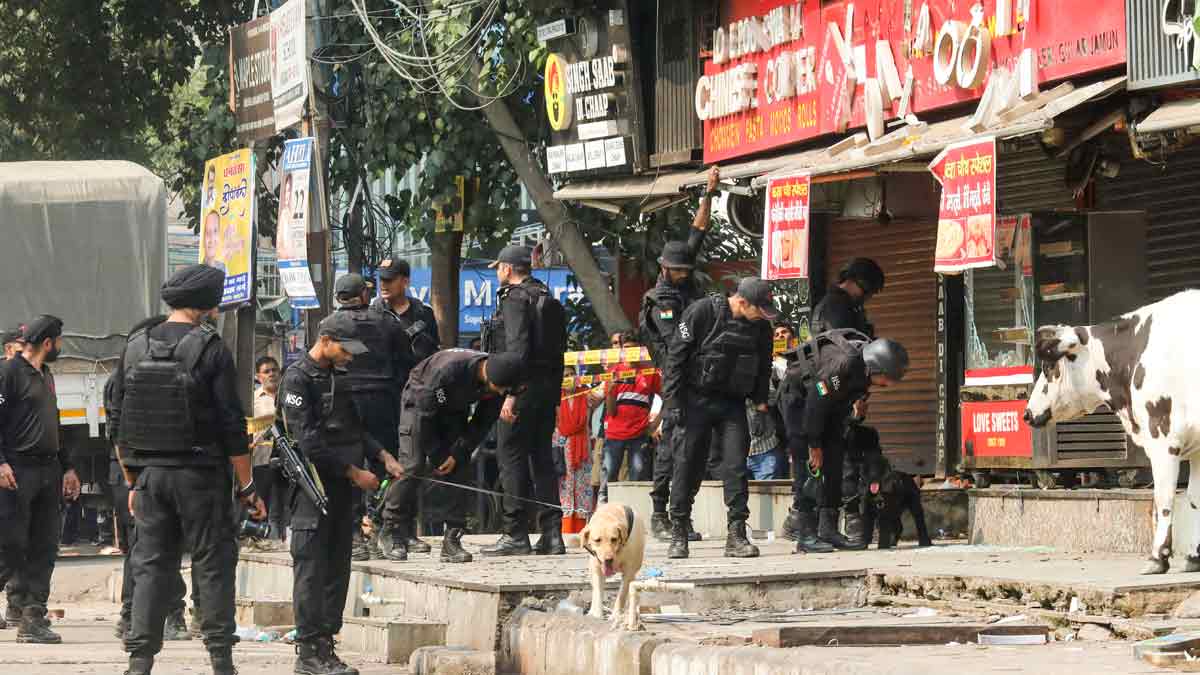
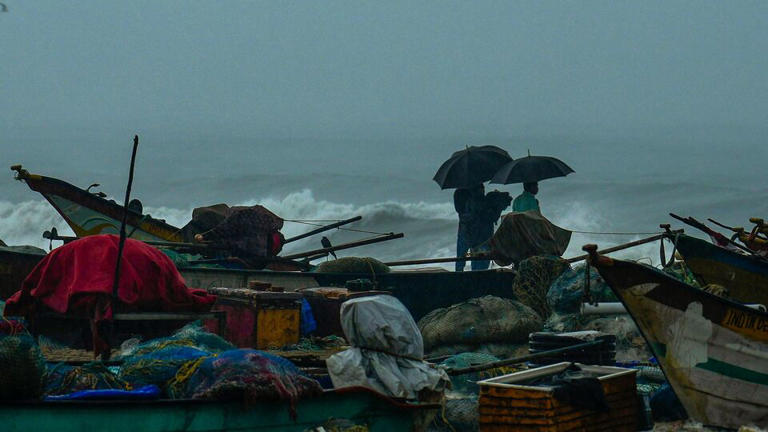


.png)
 (1).png)



